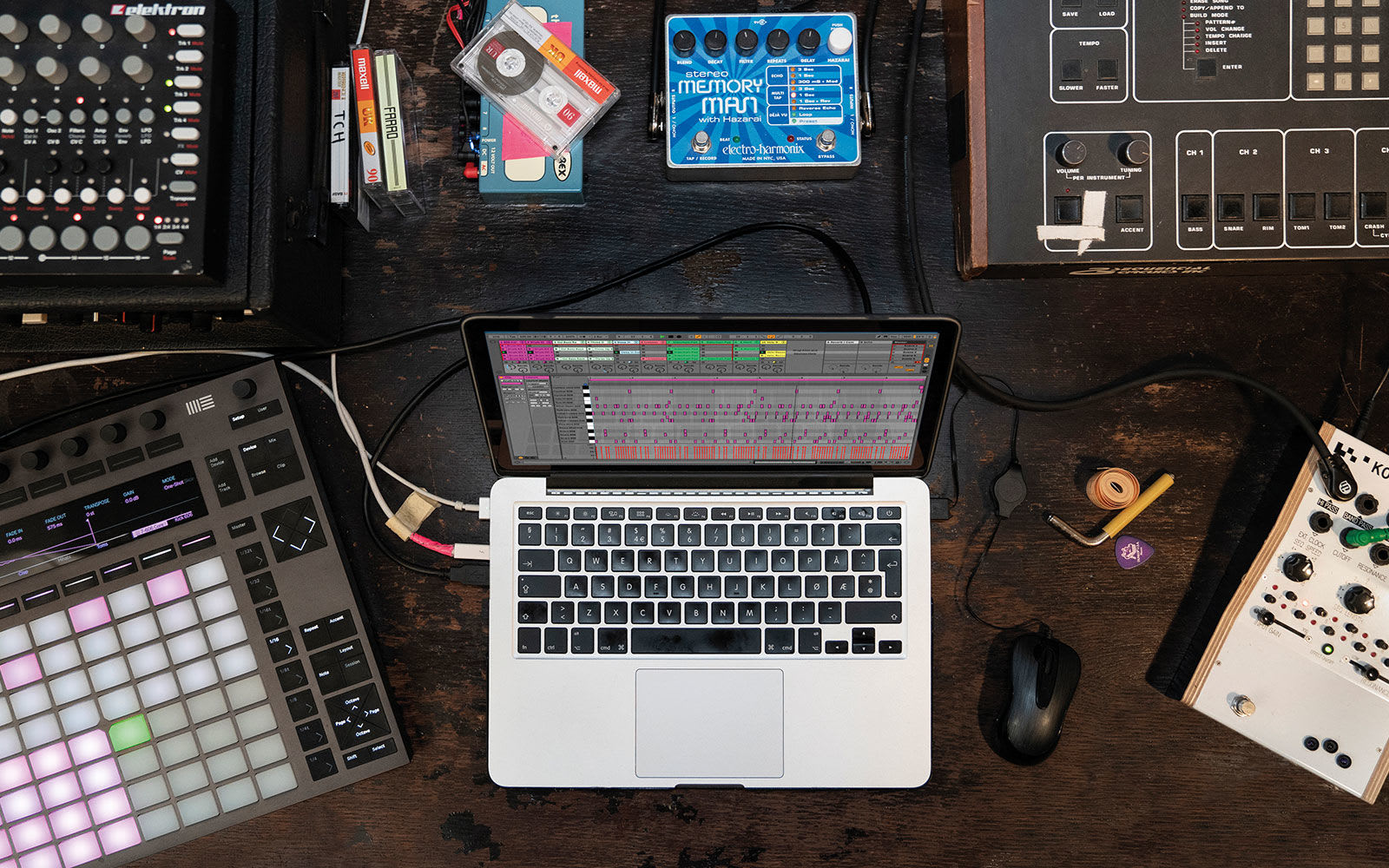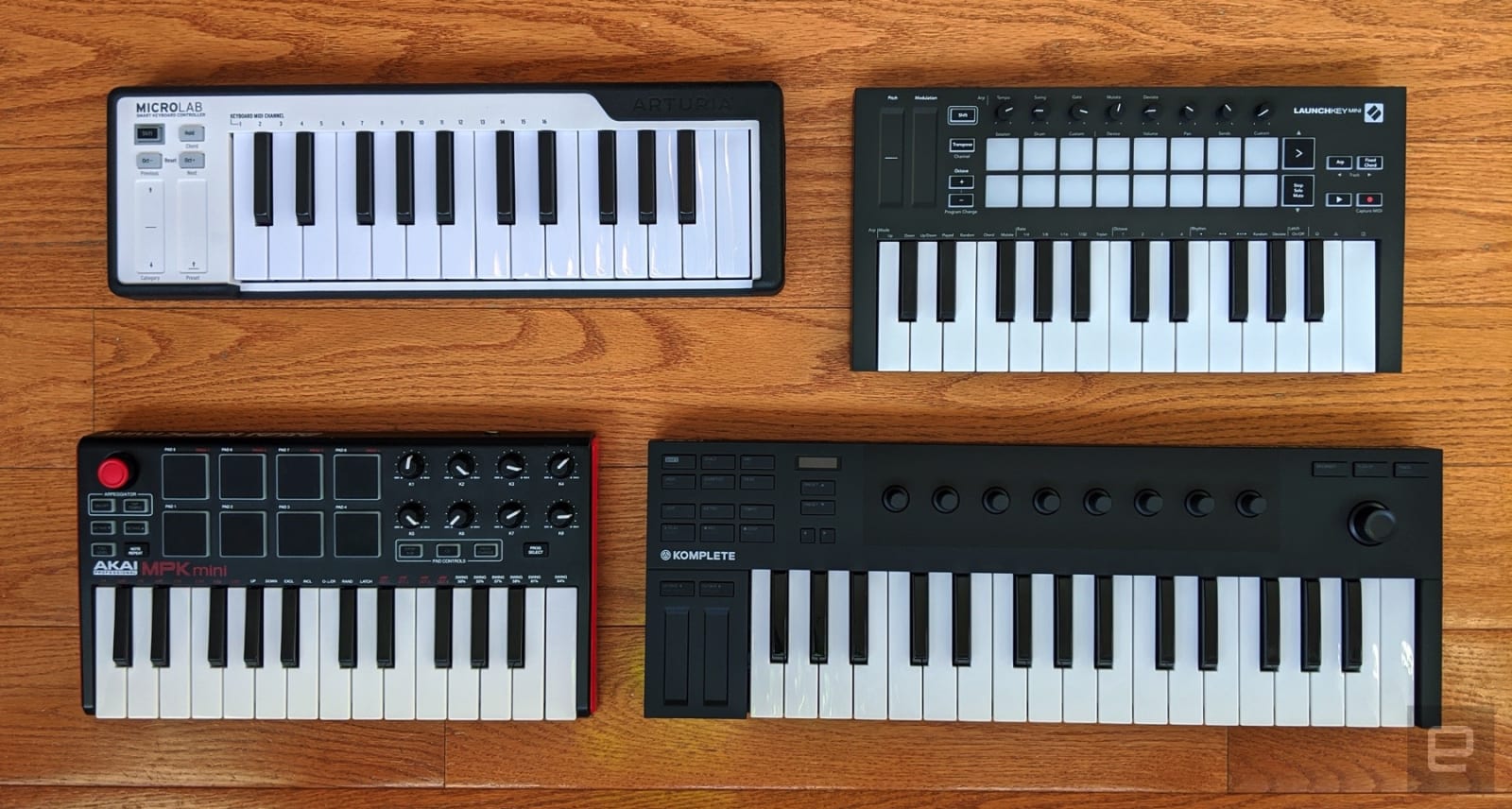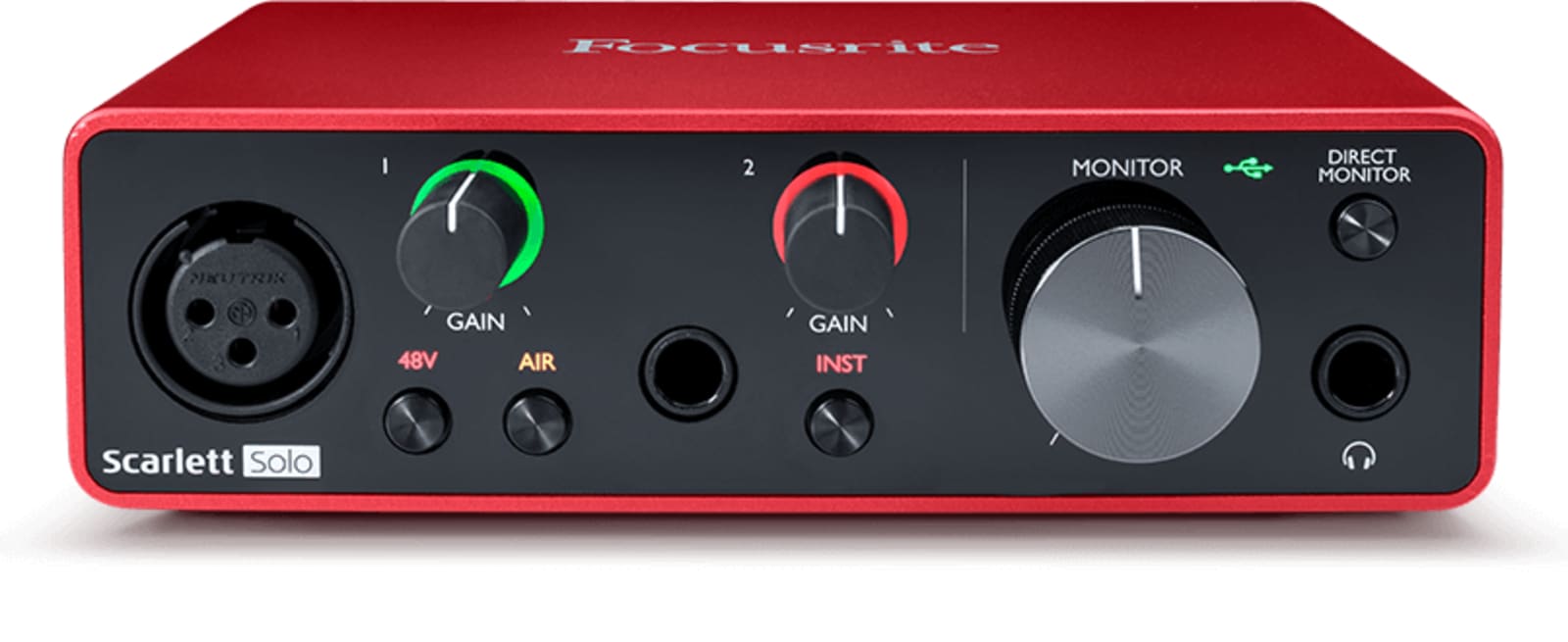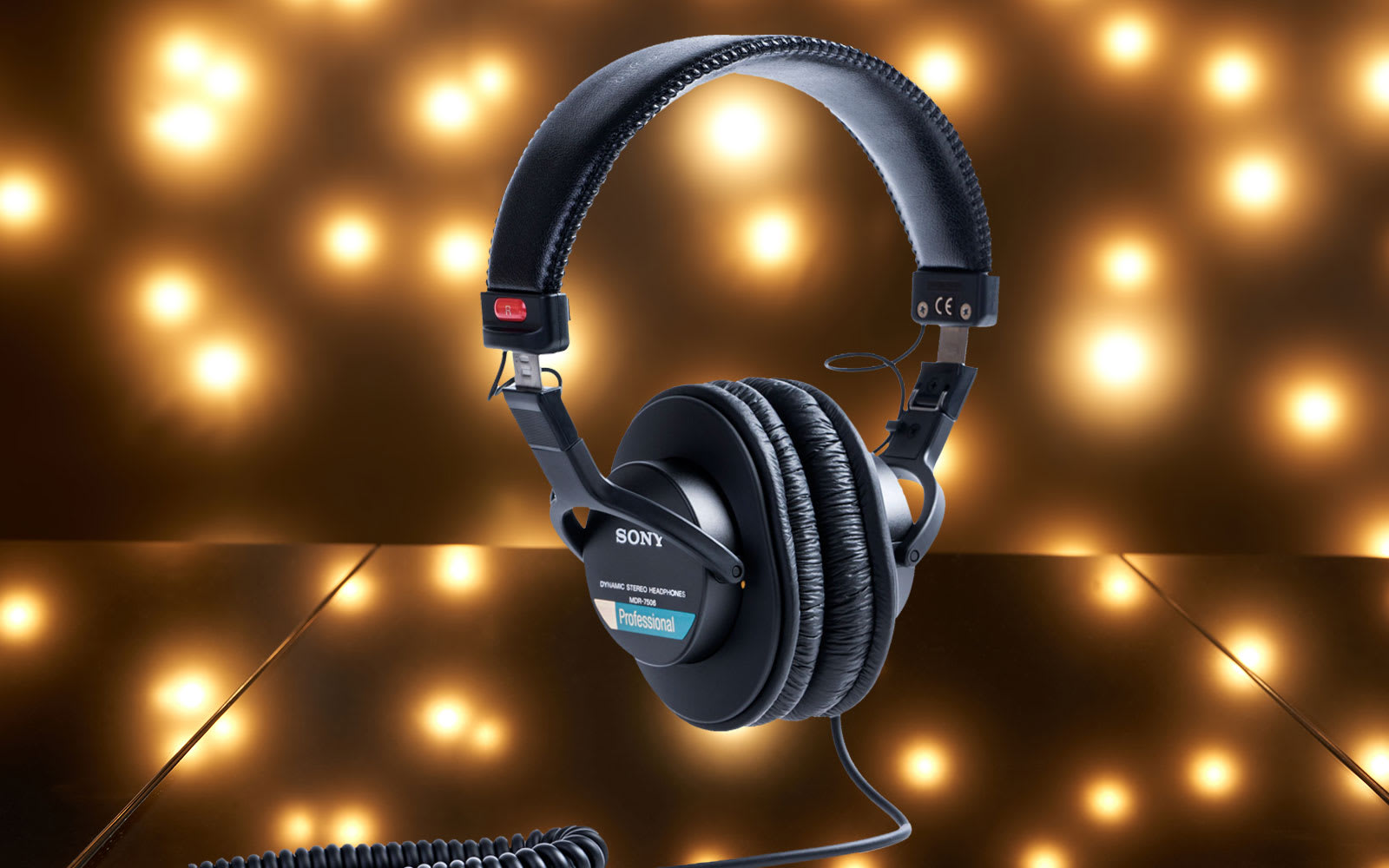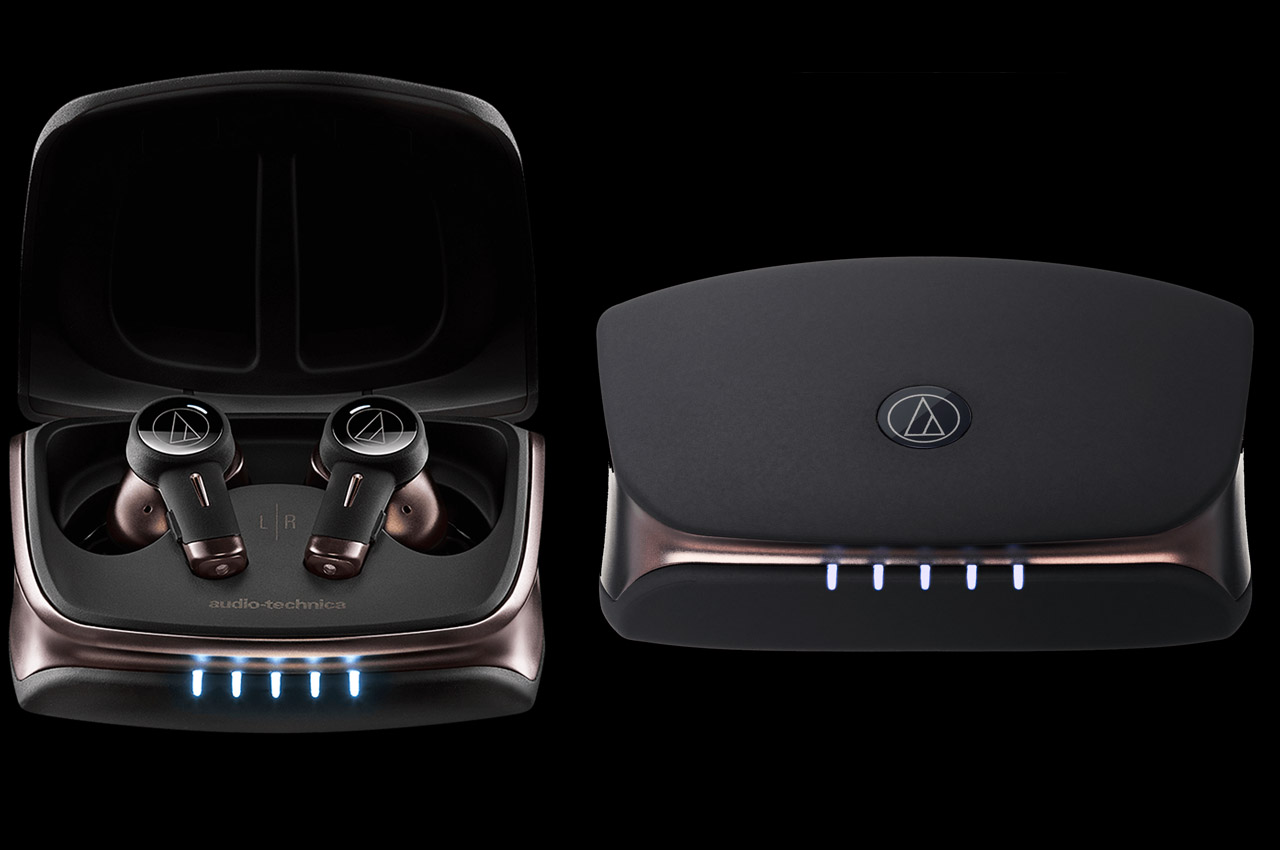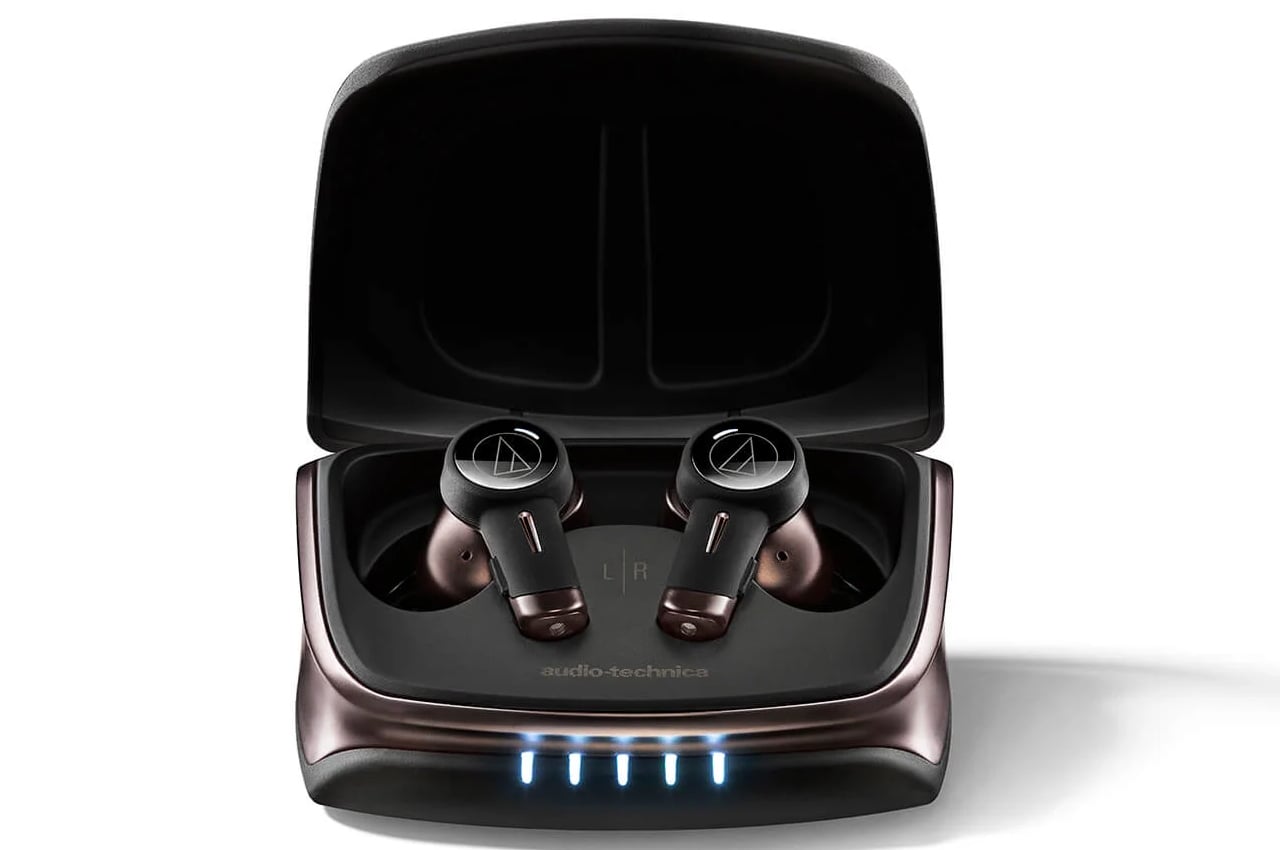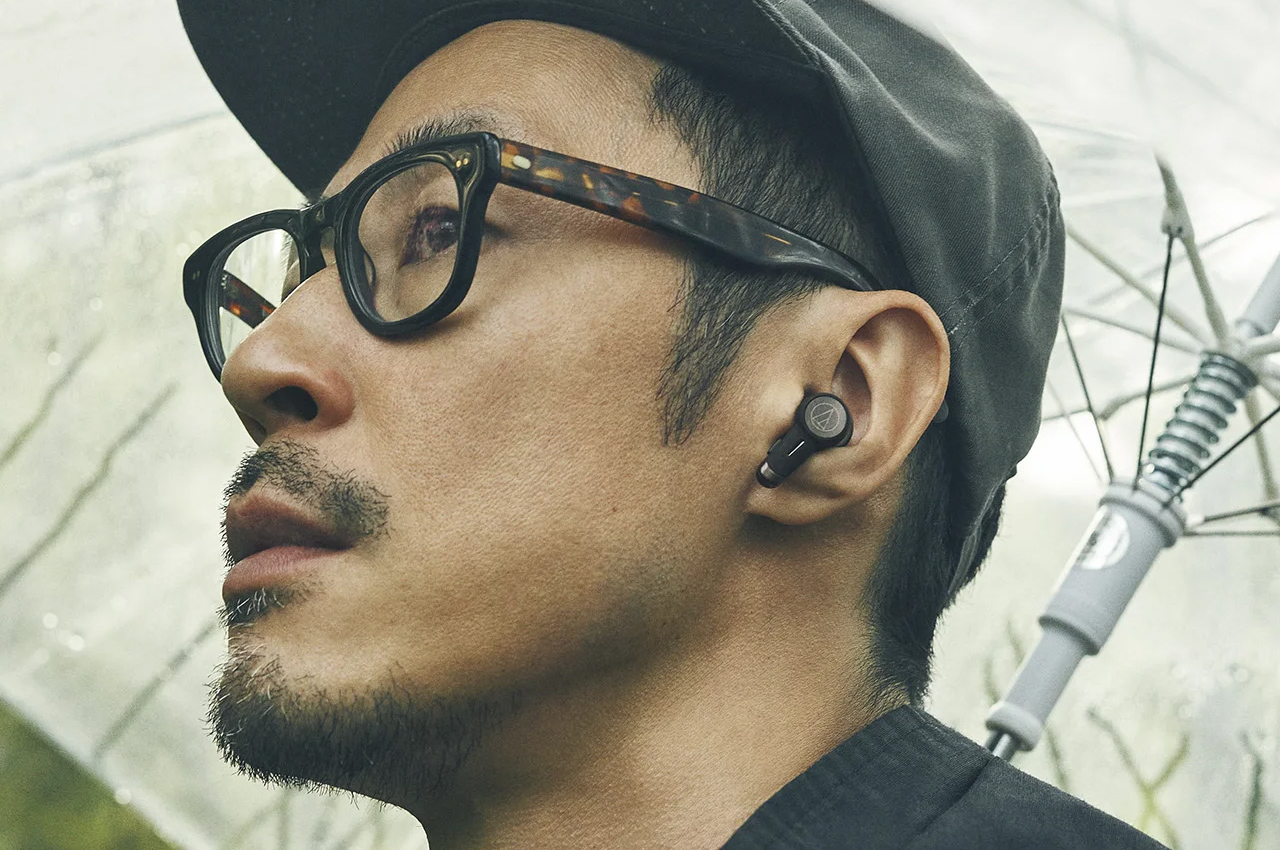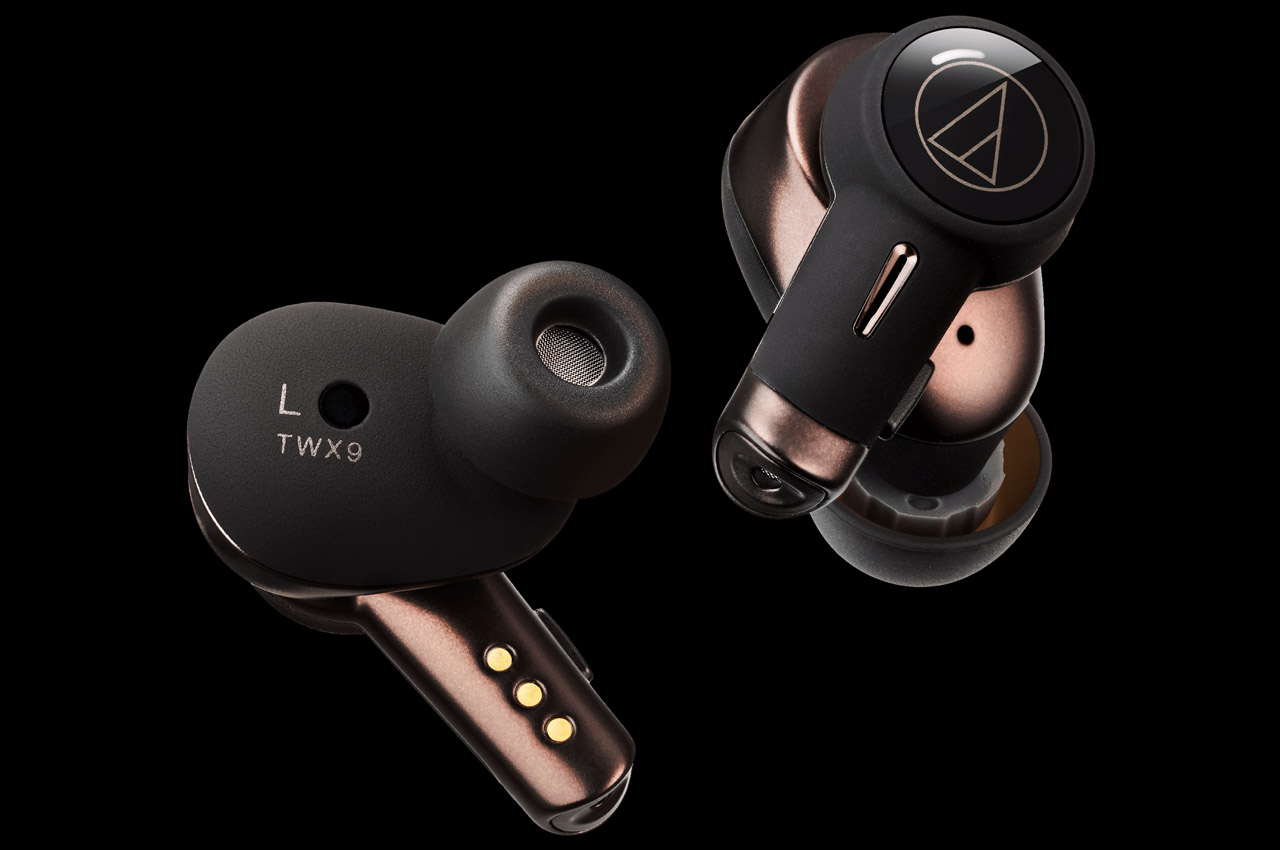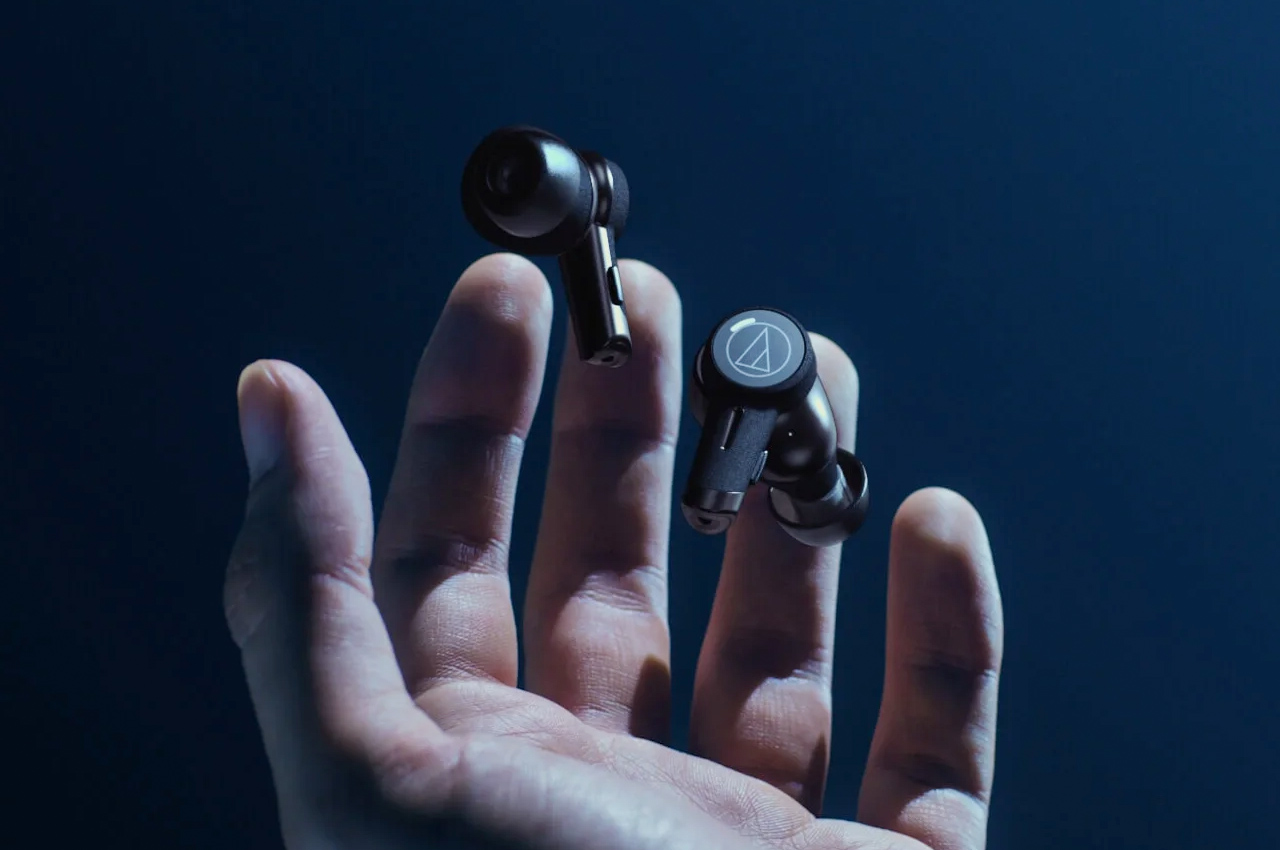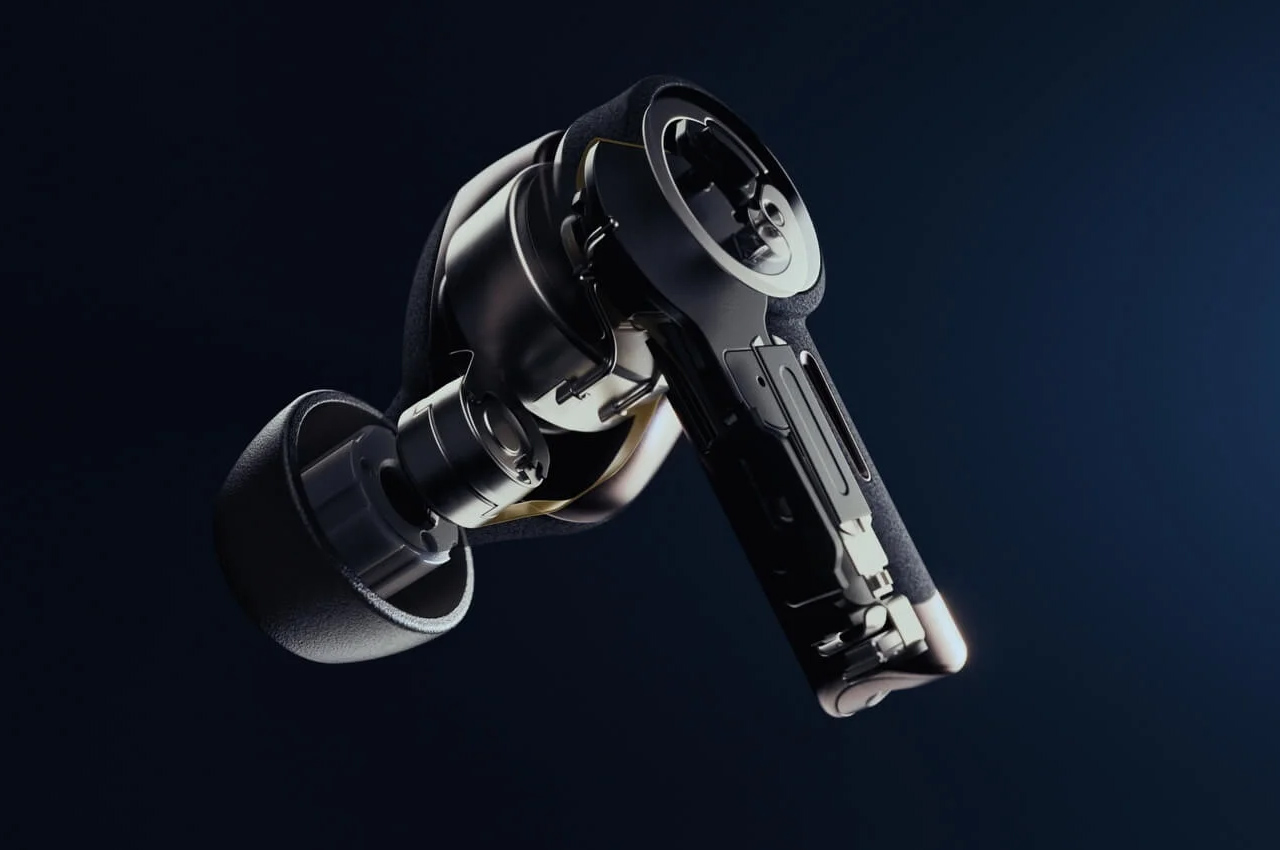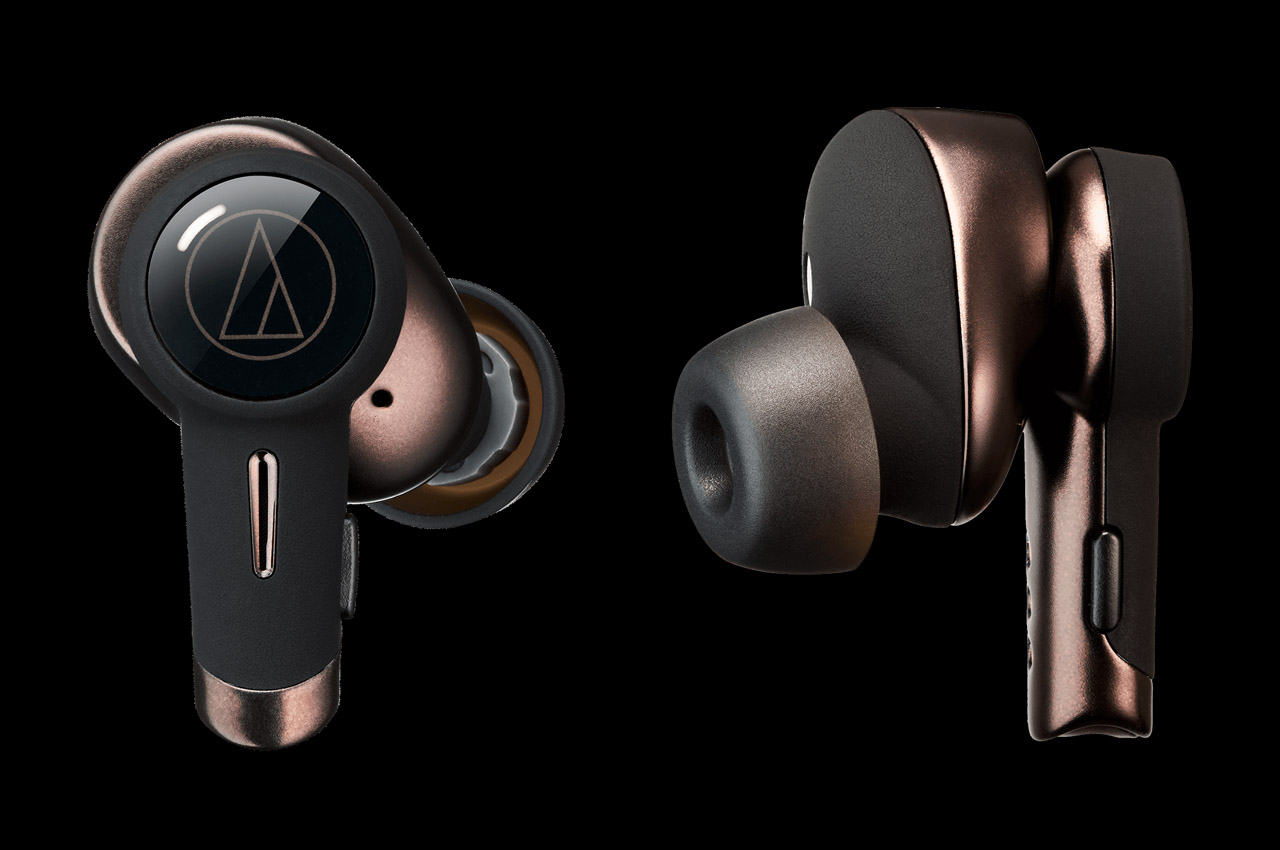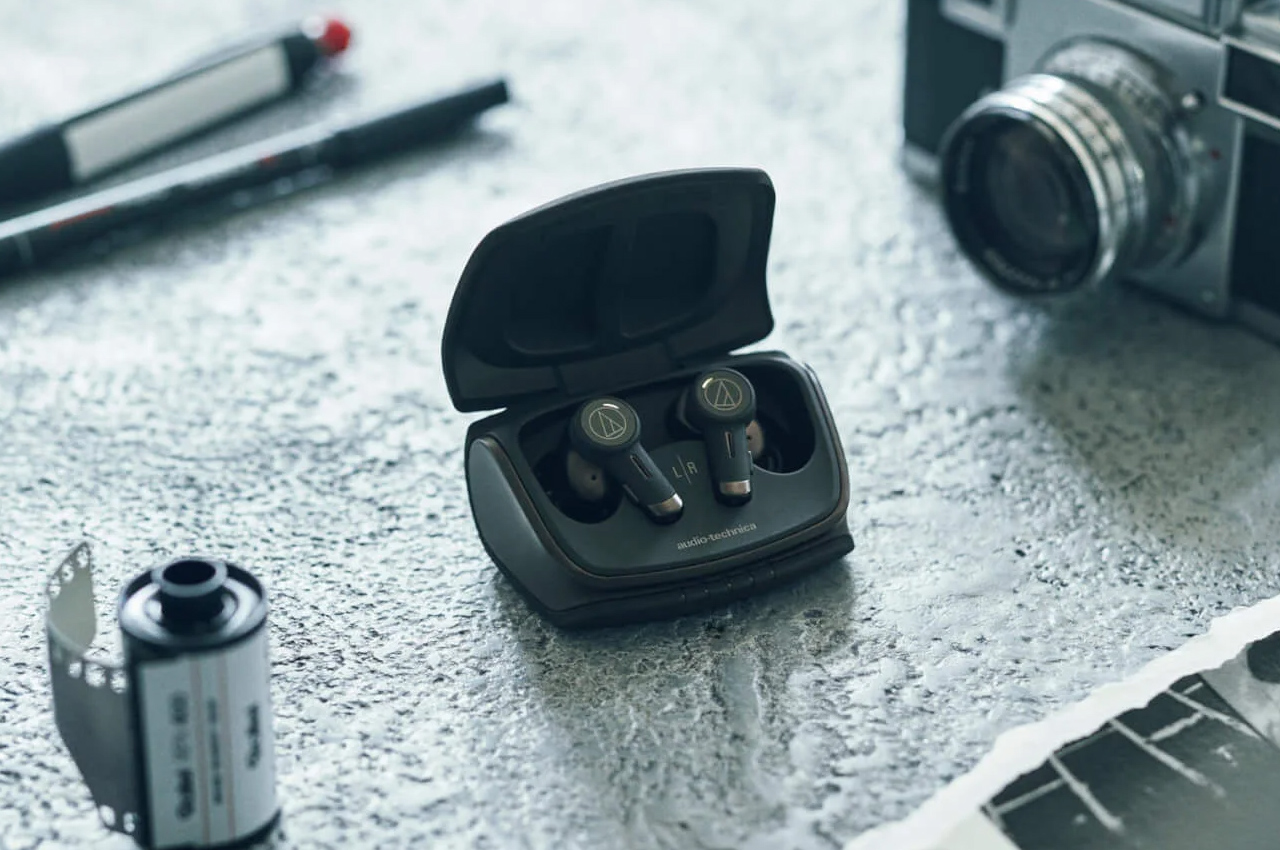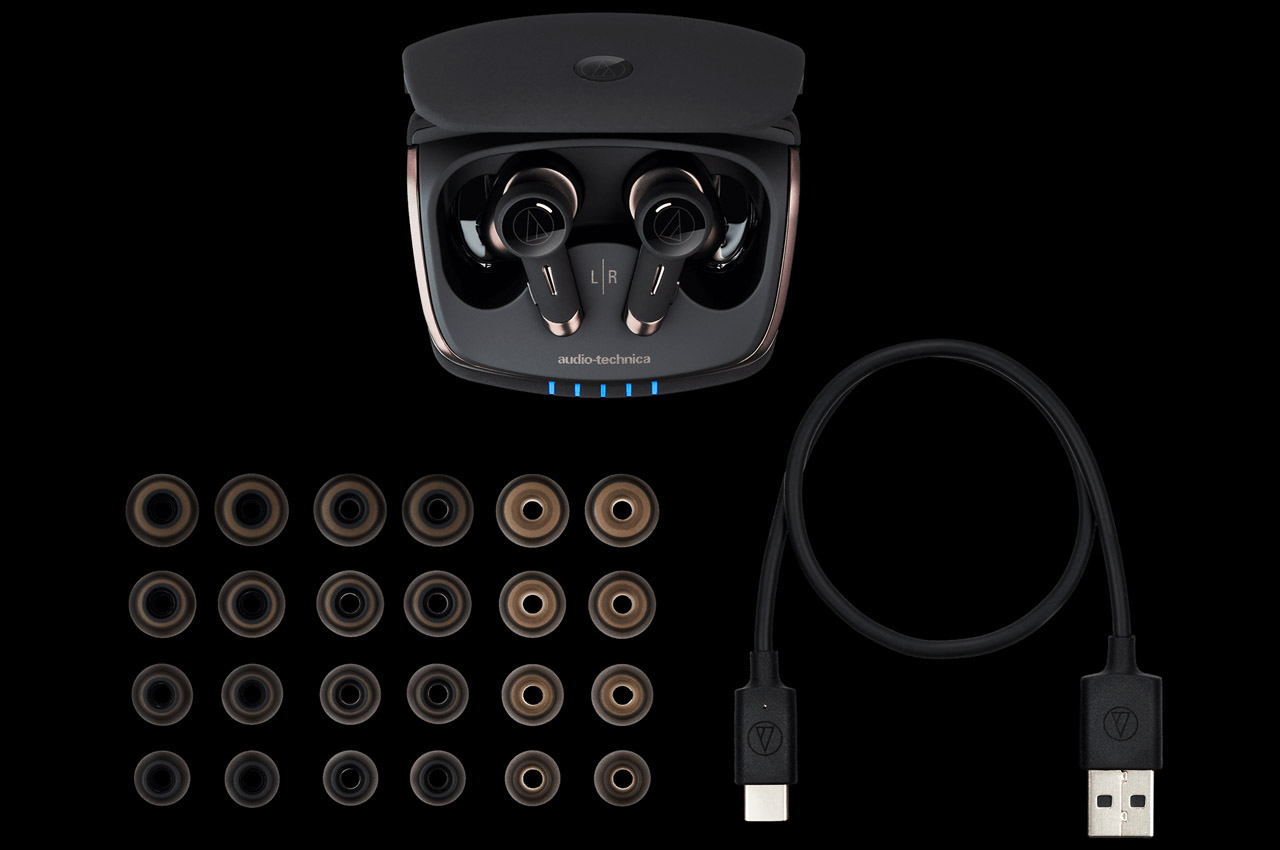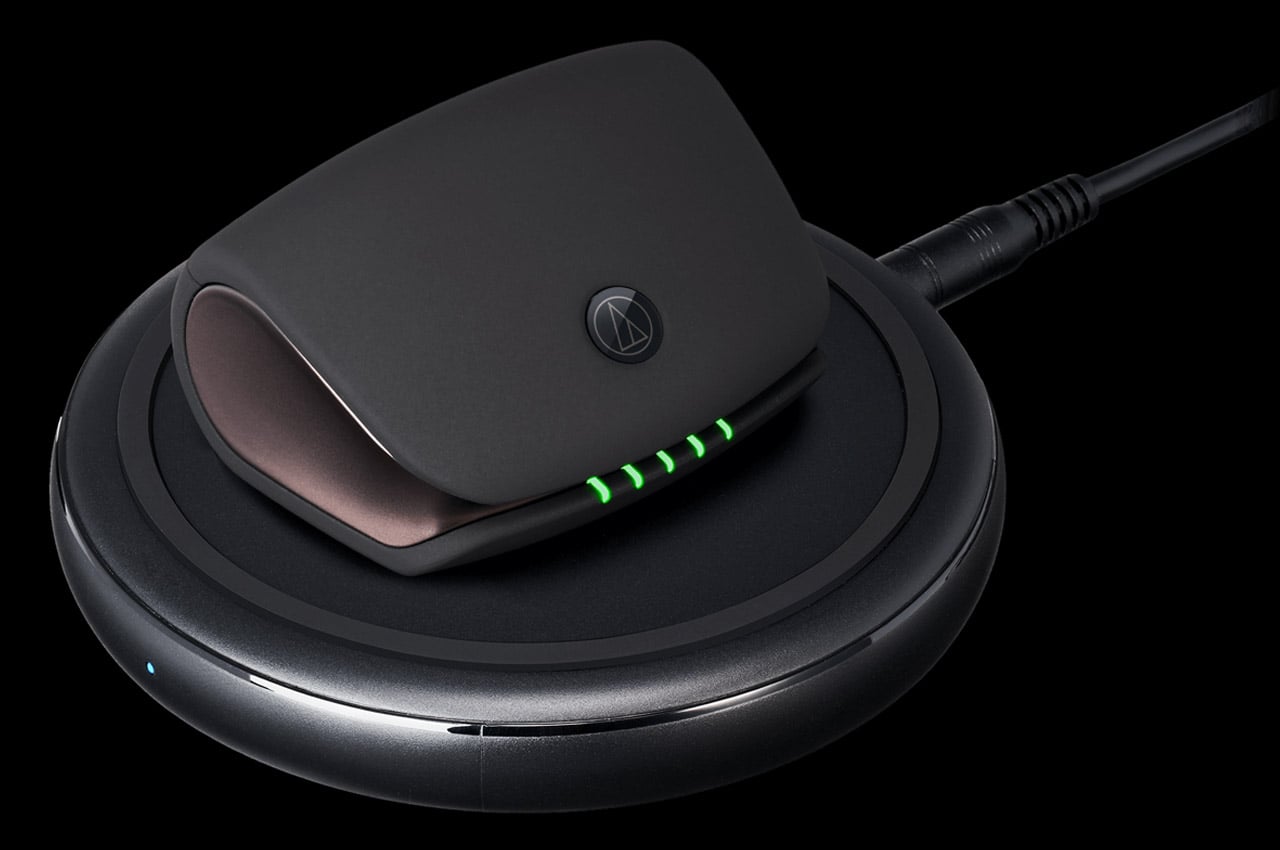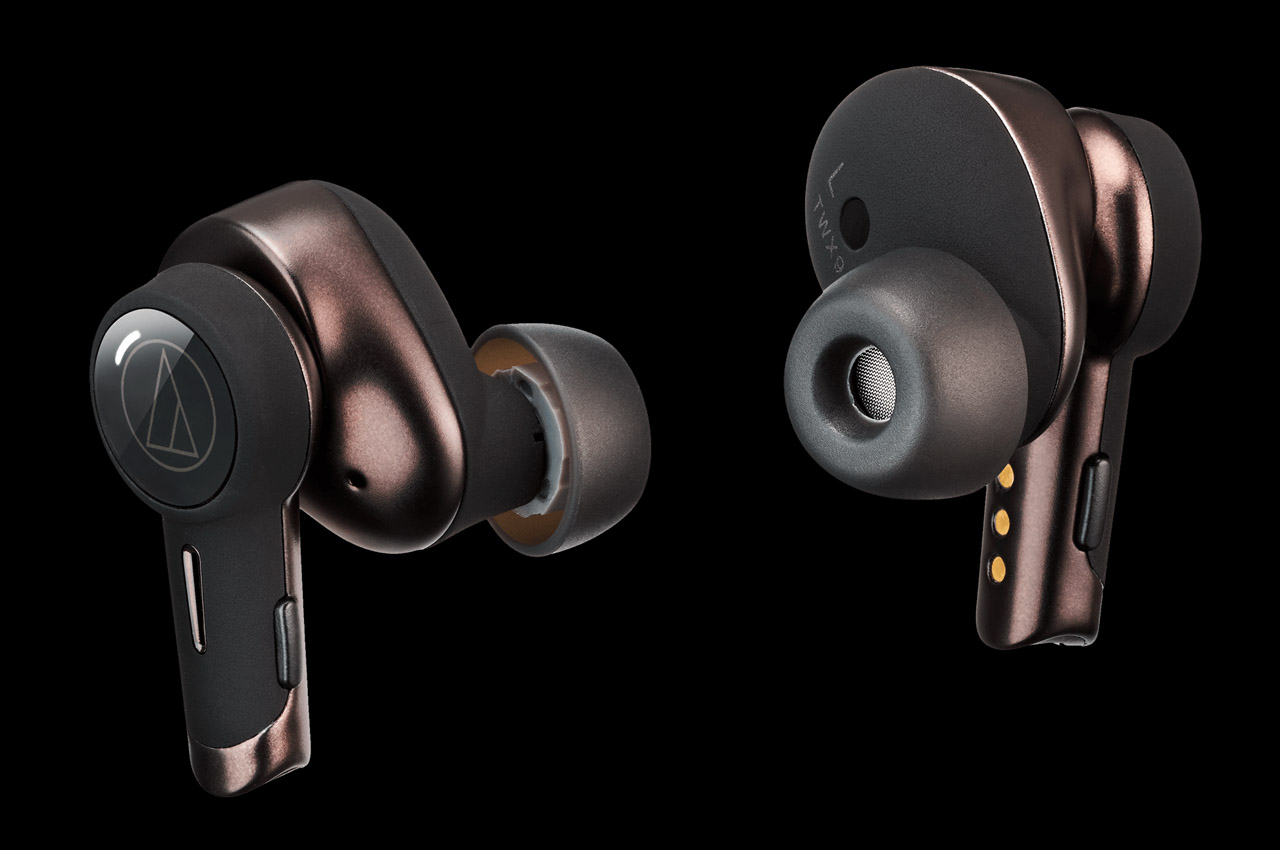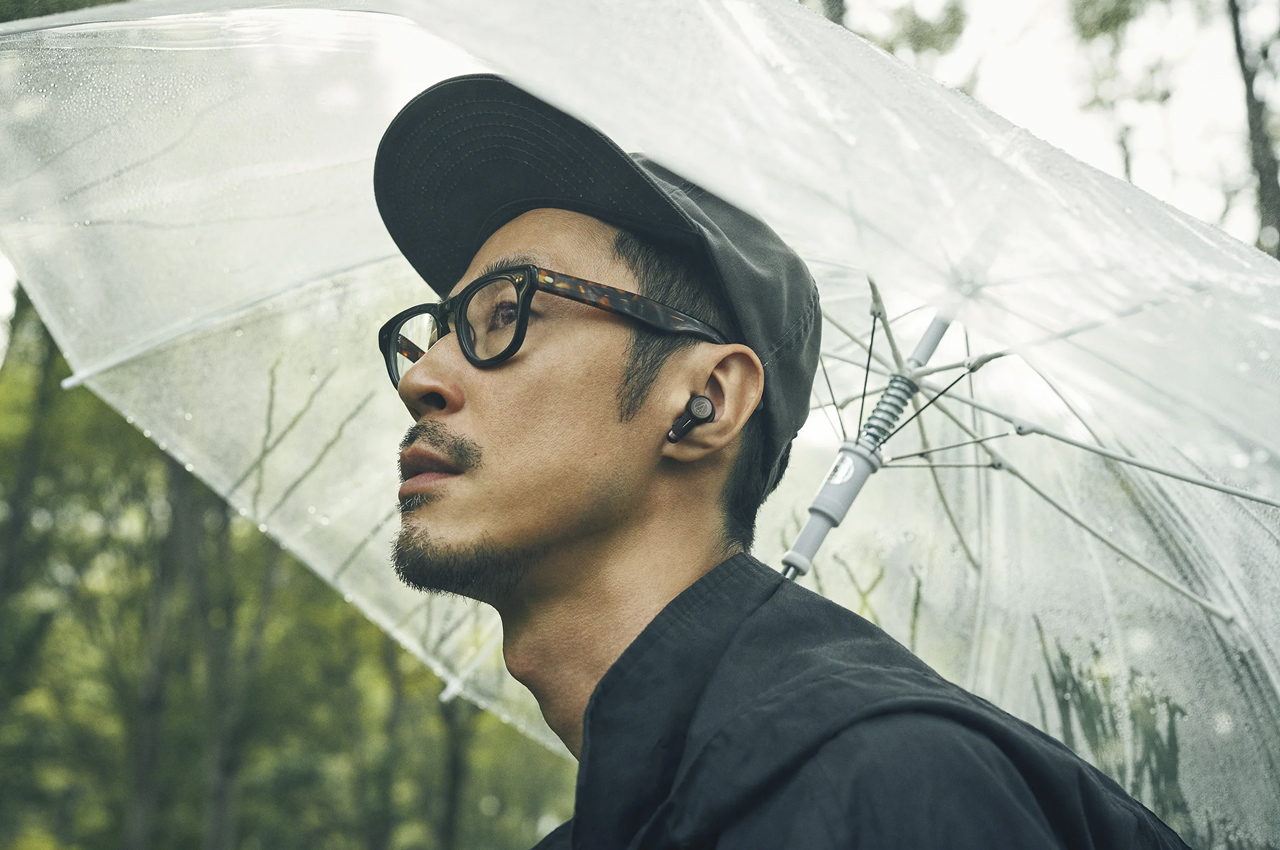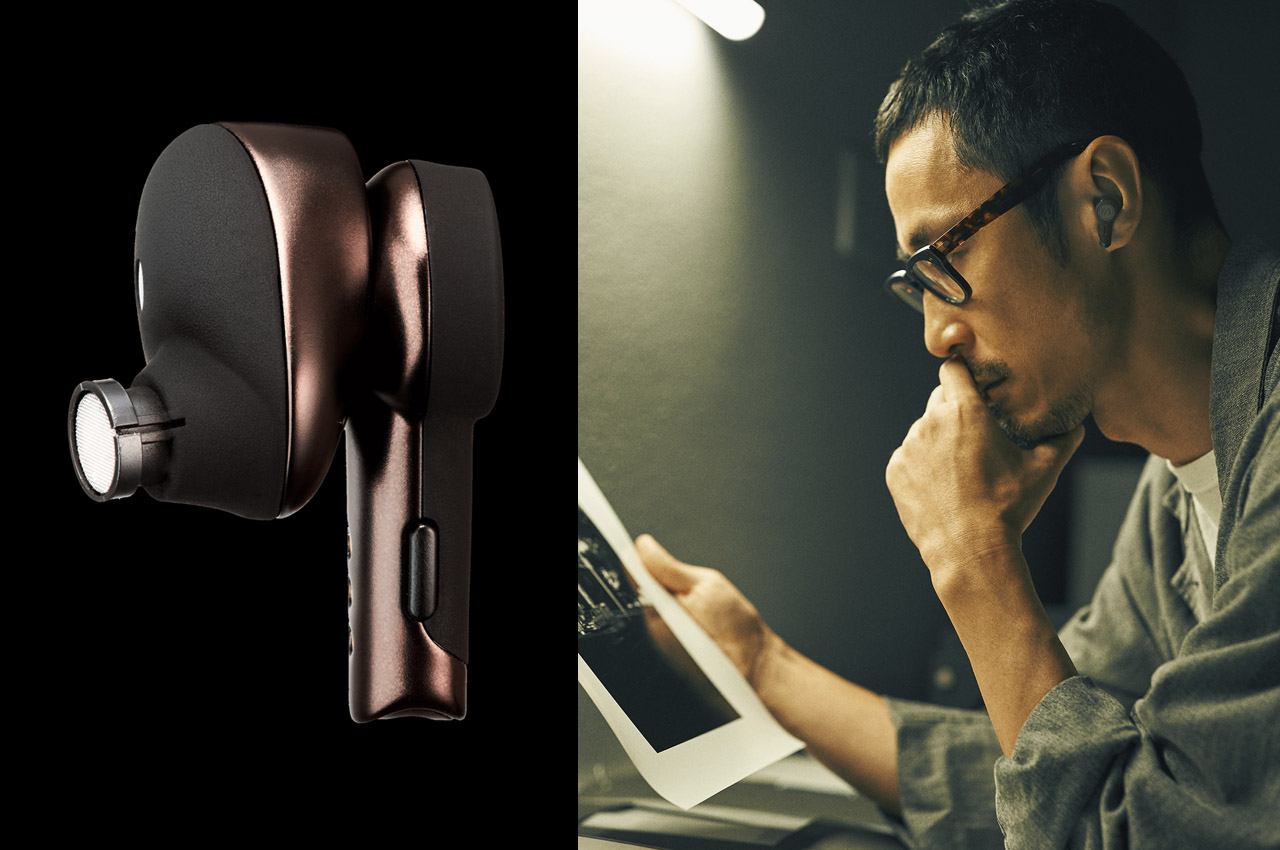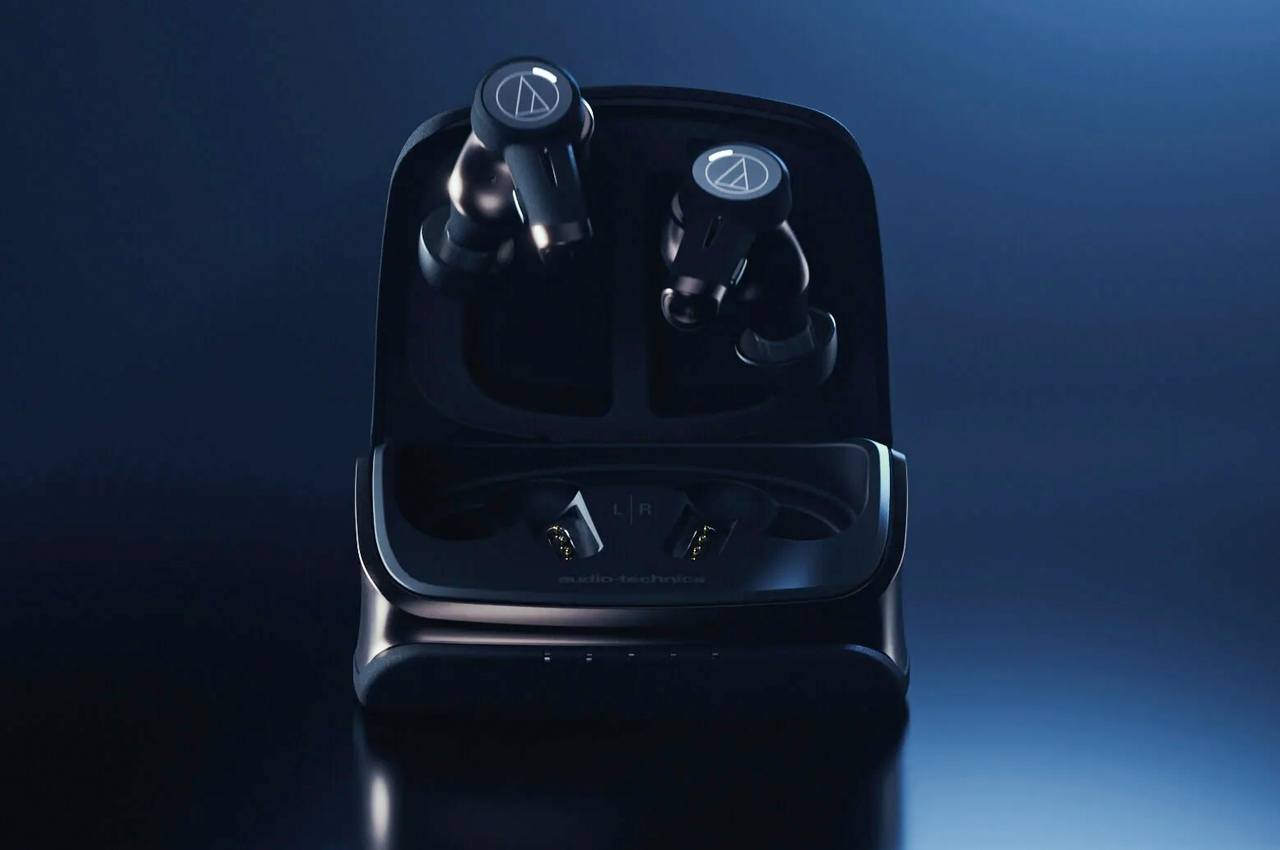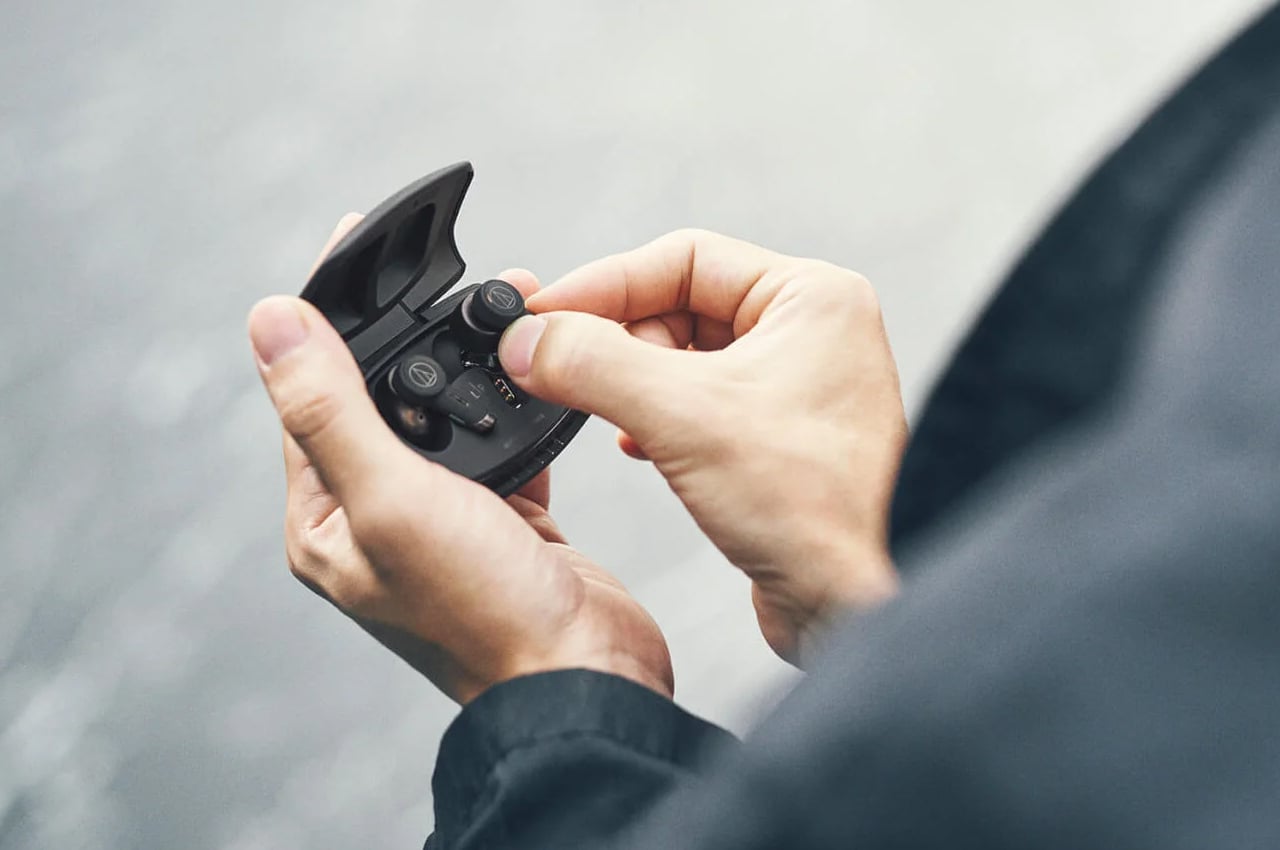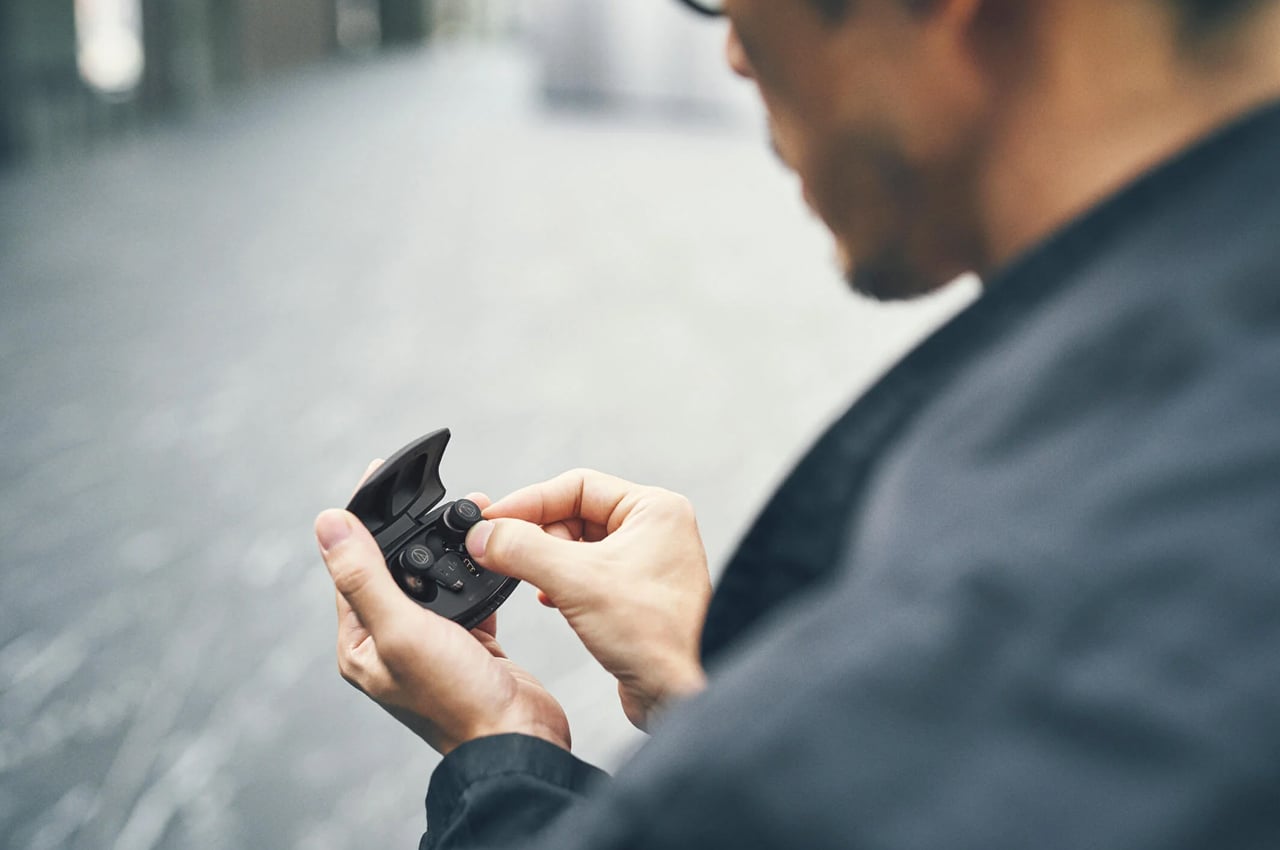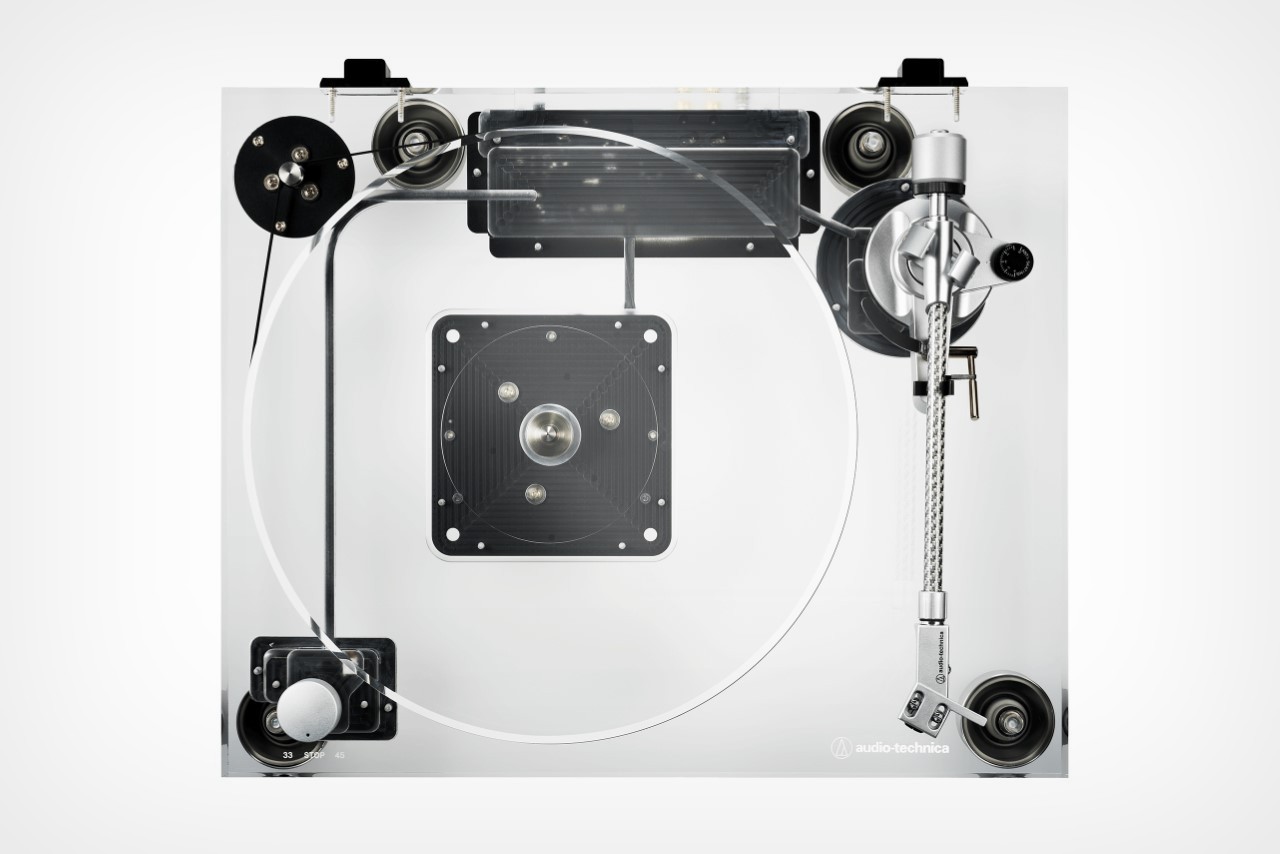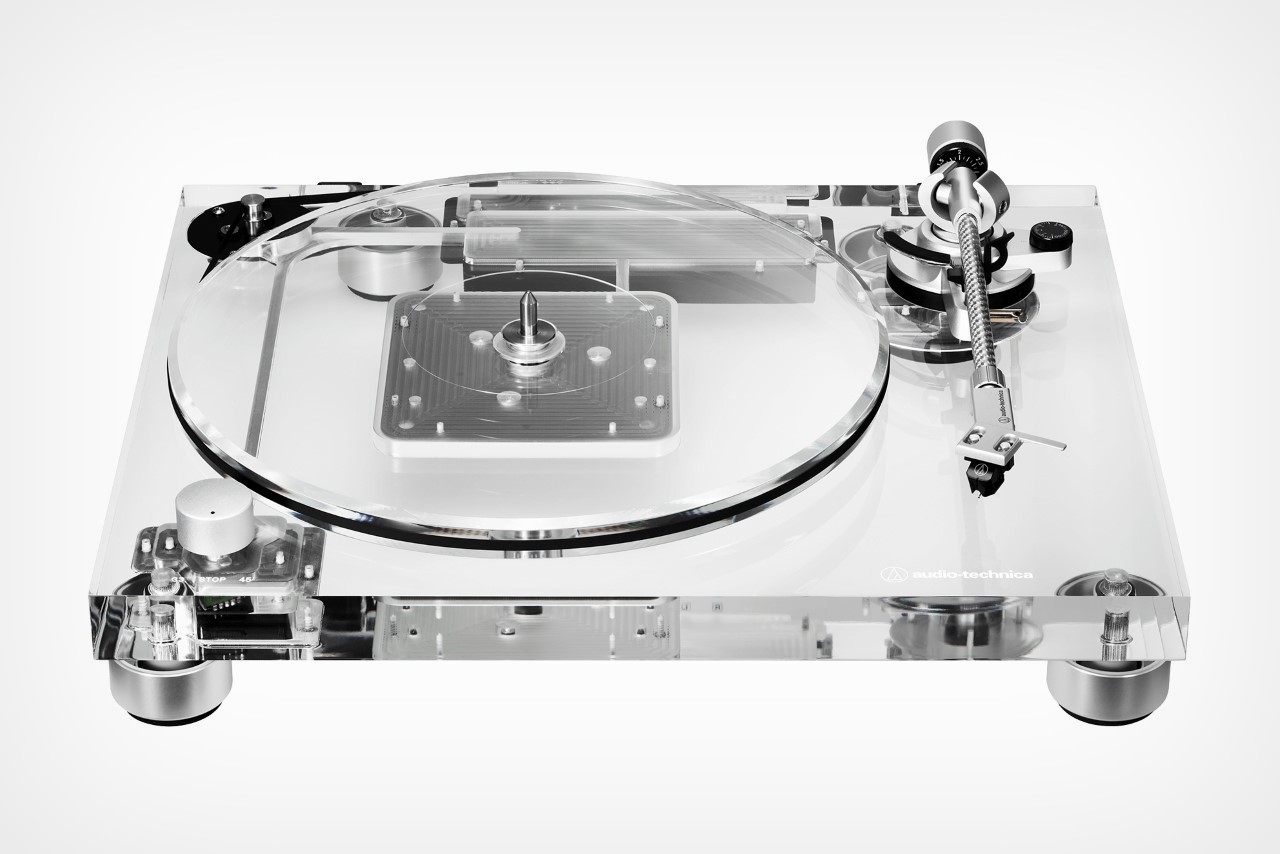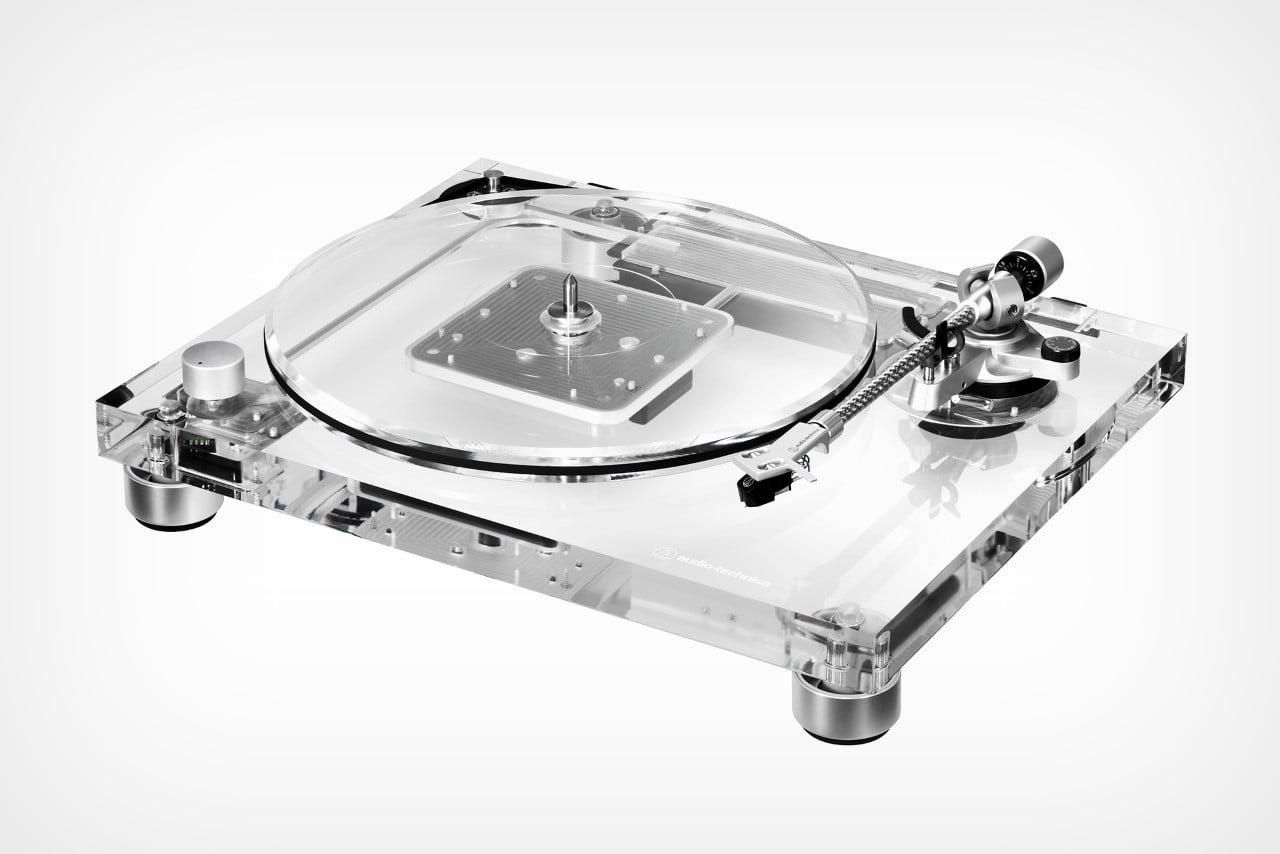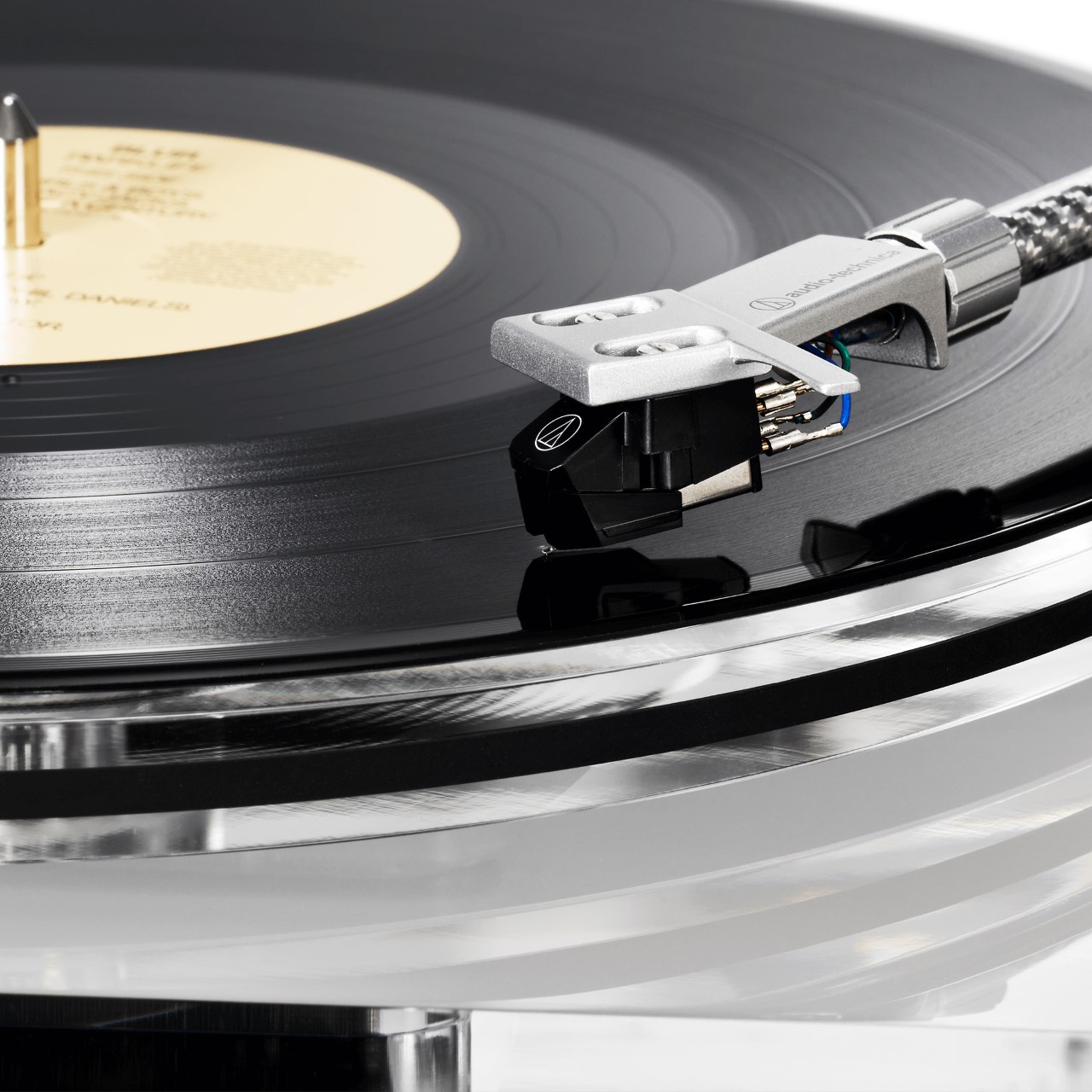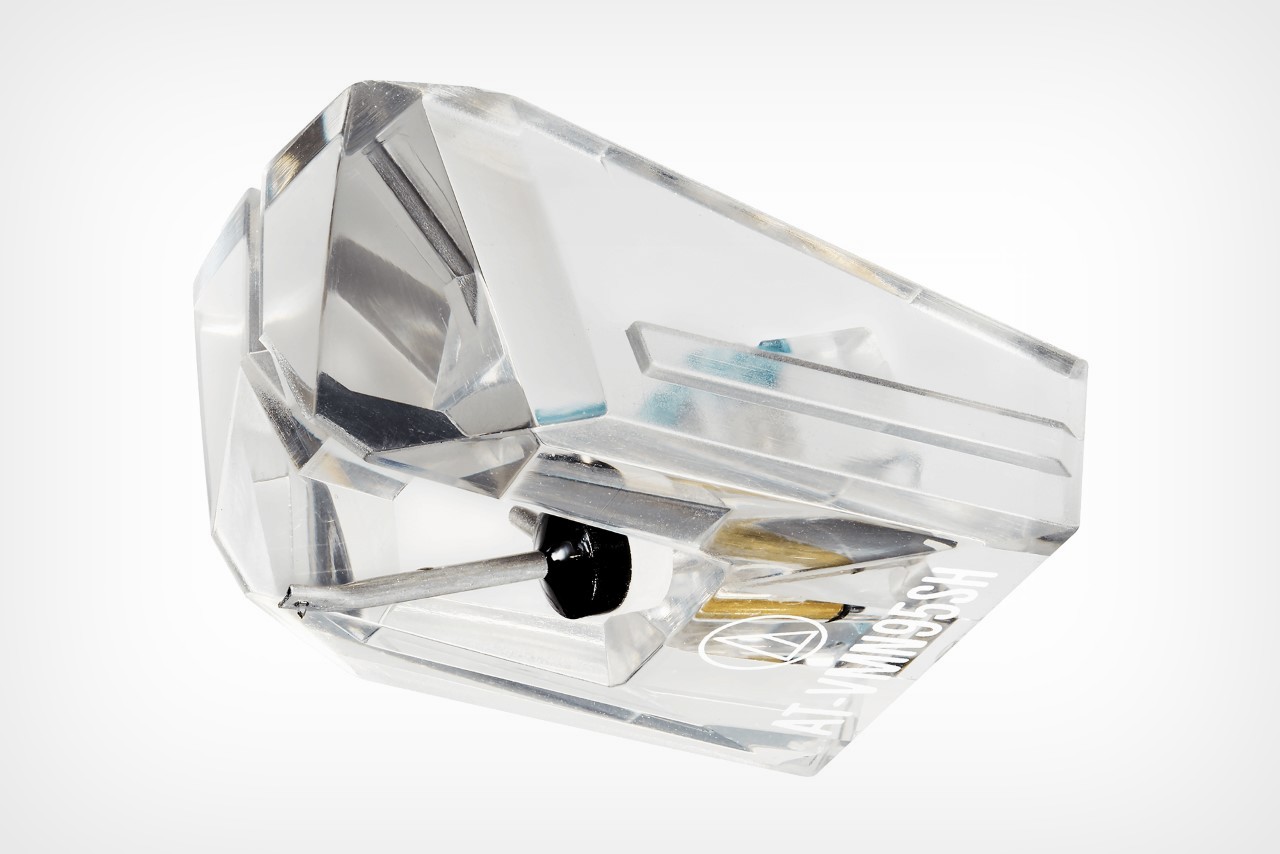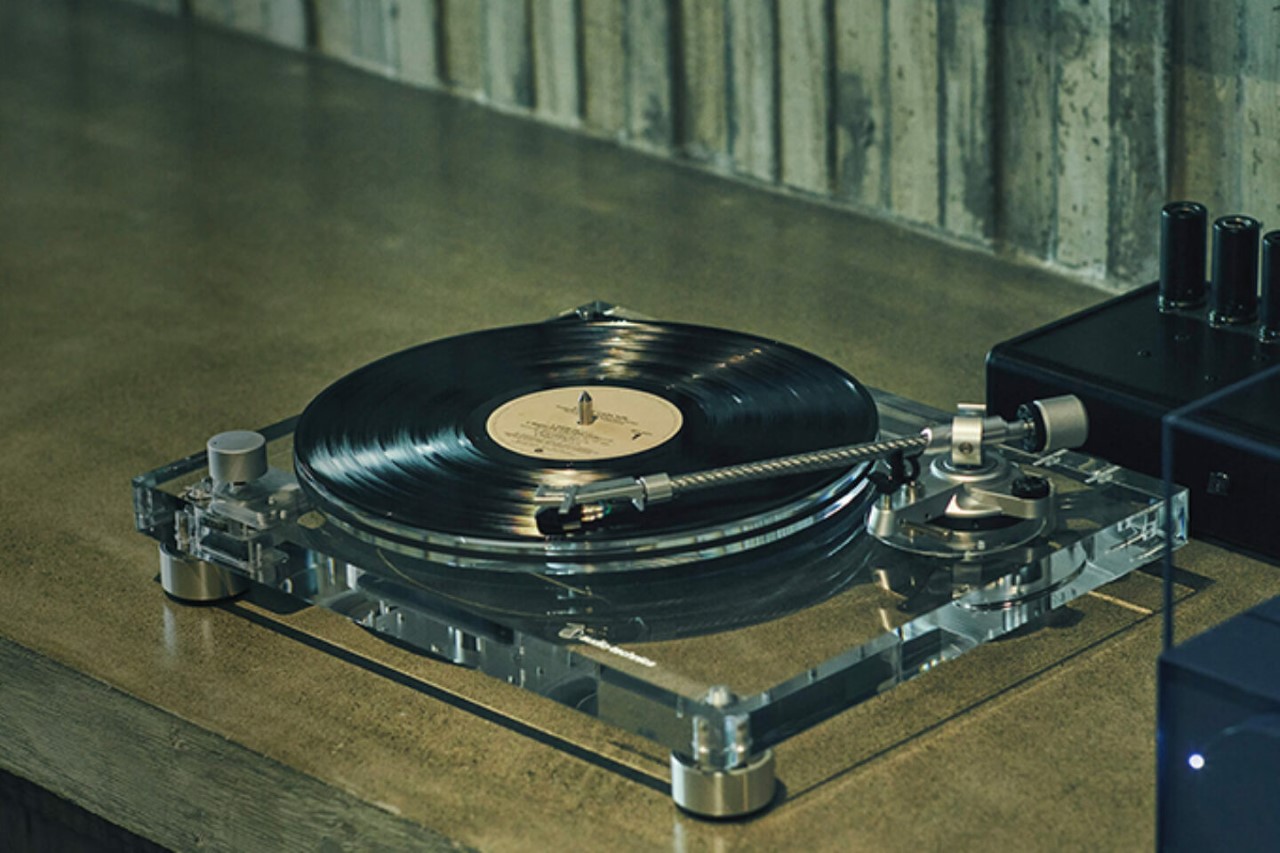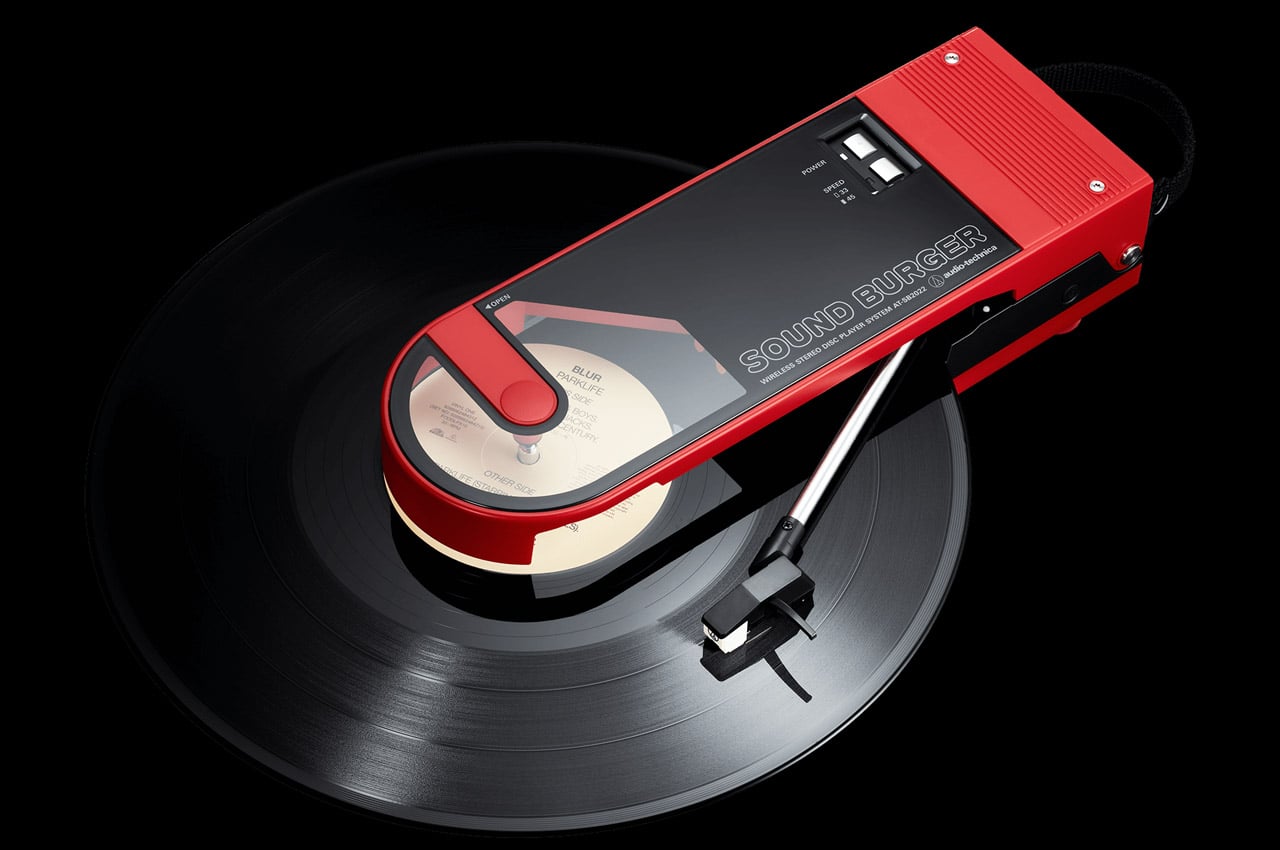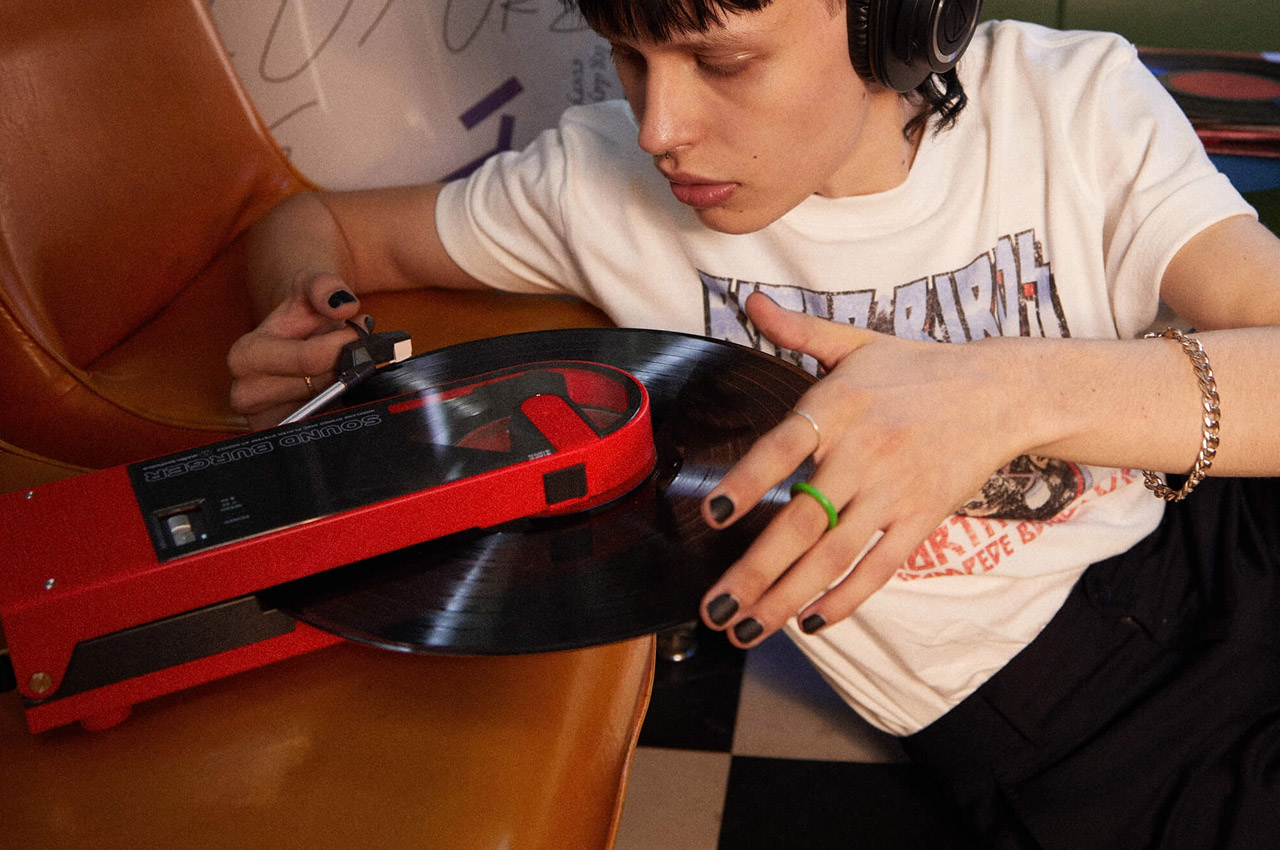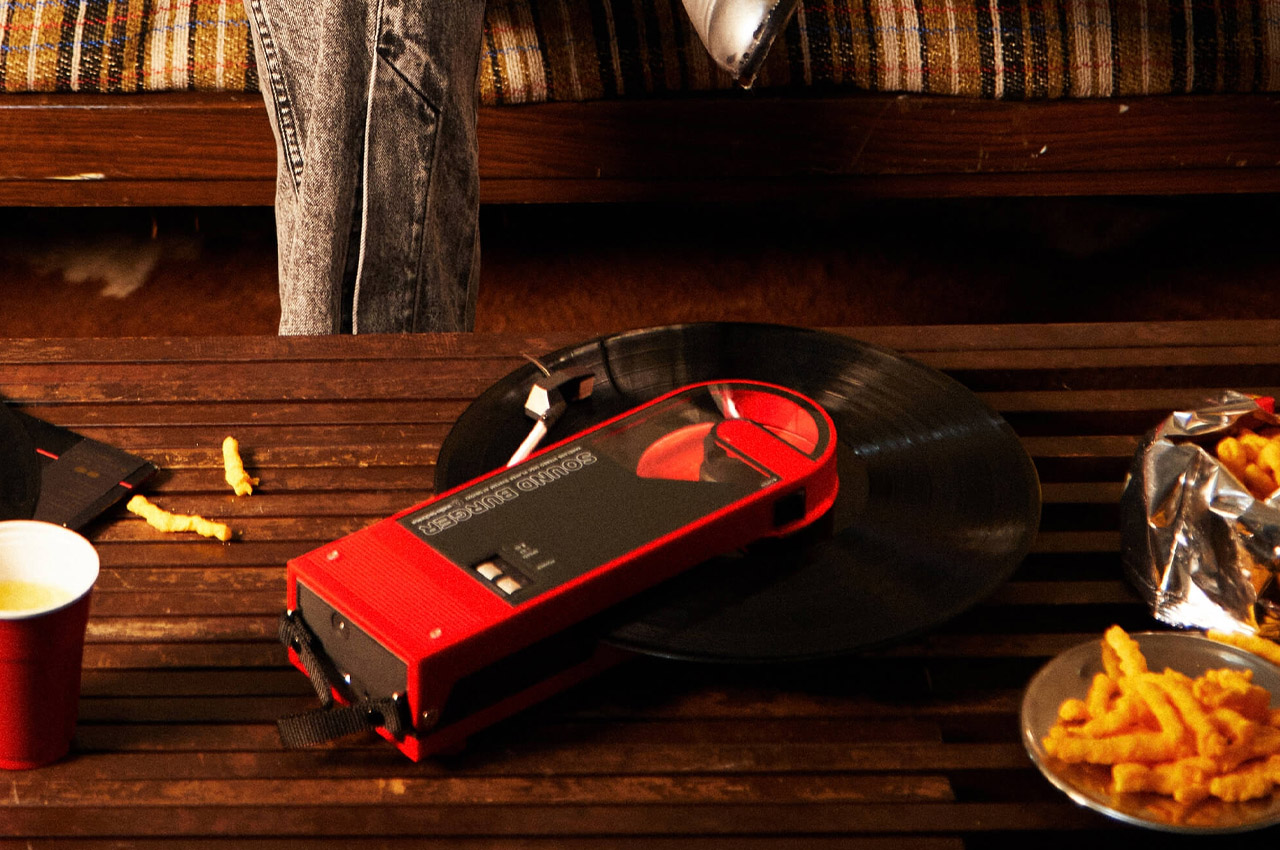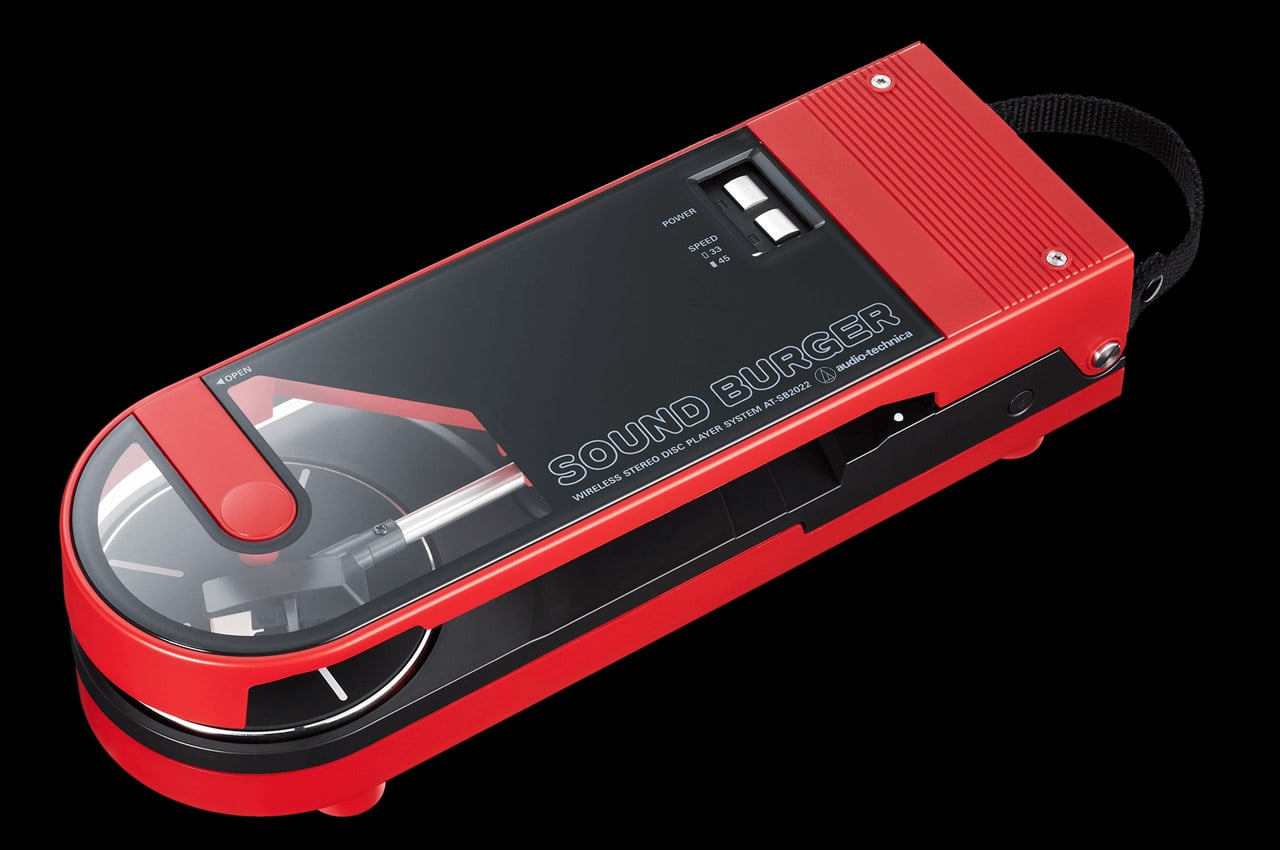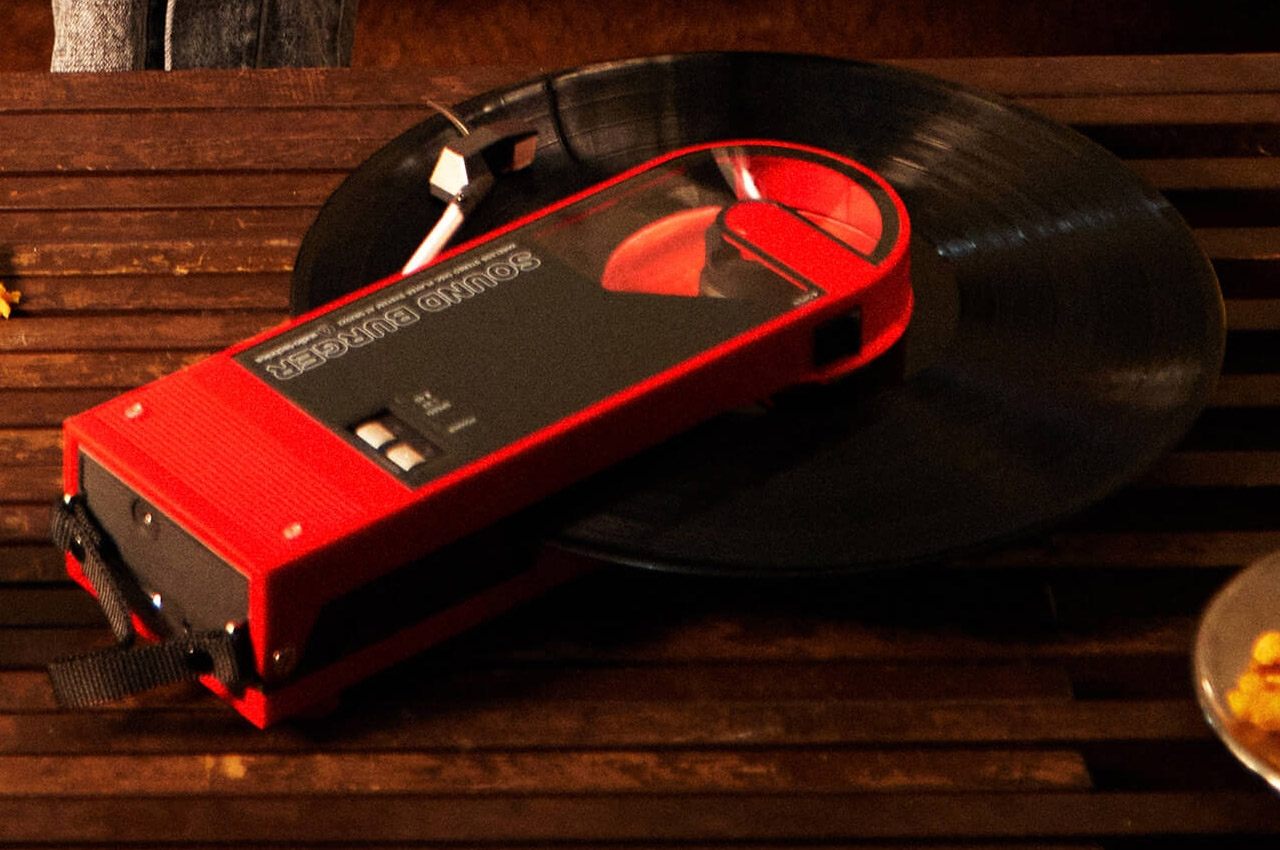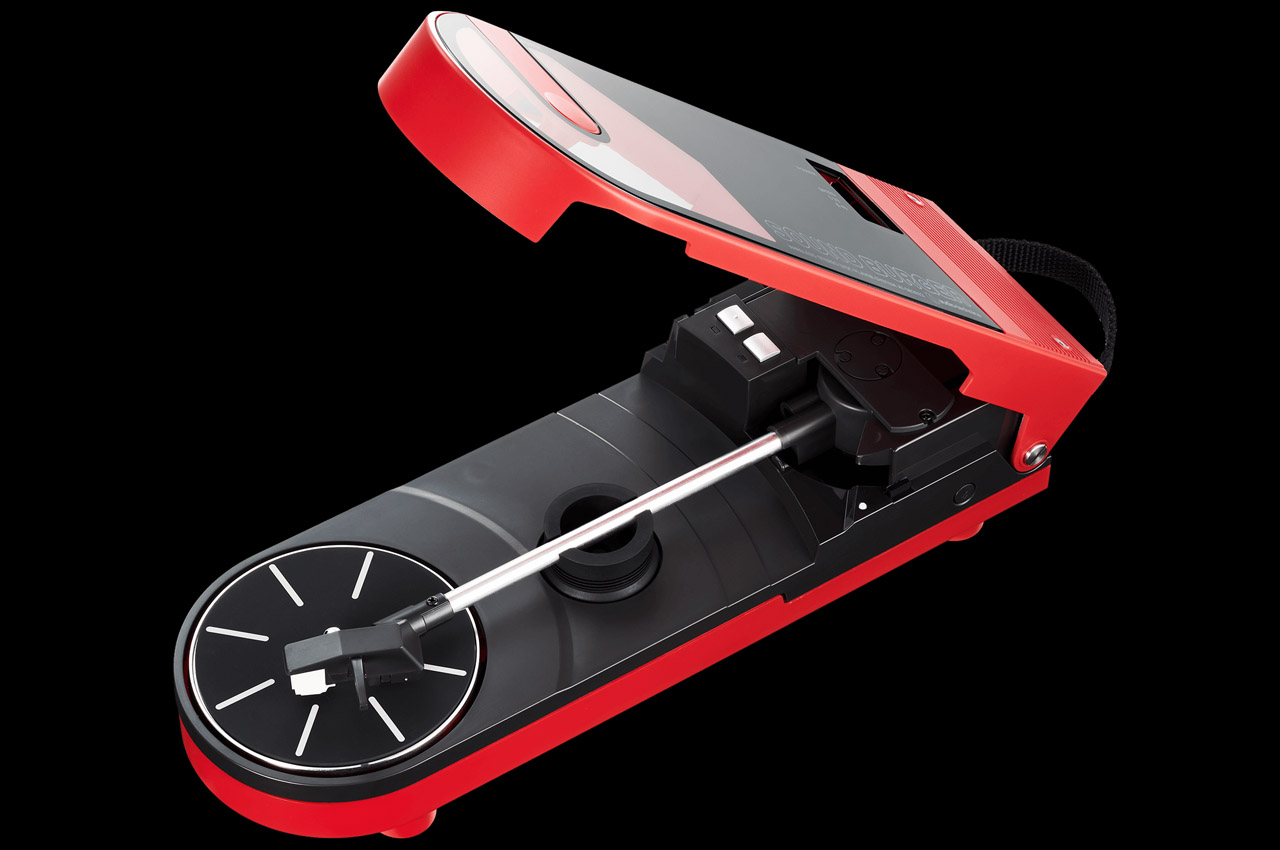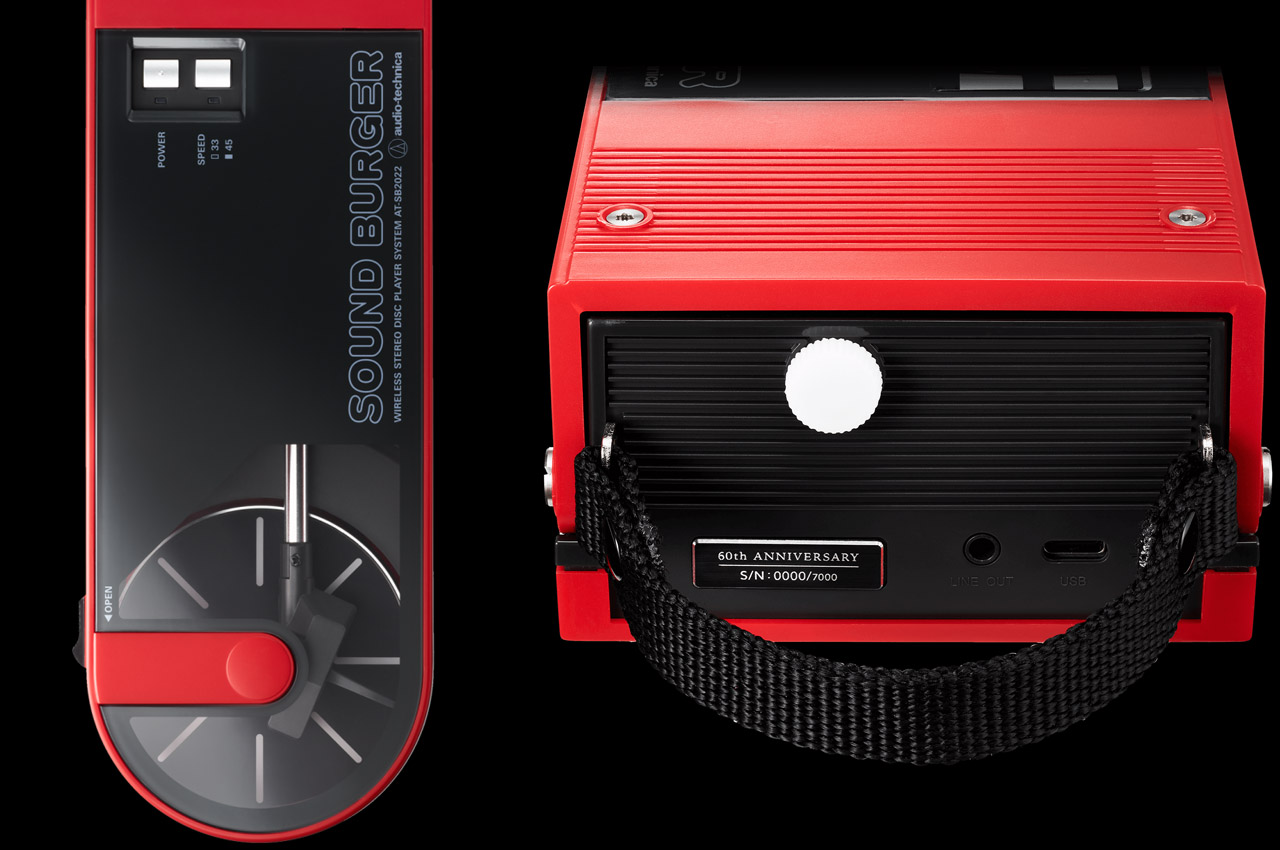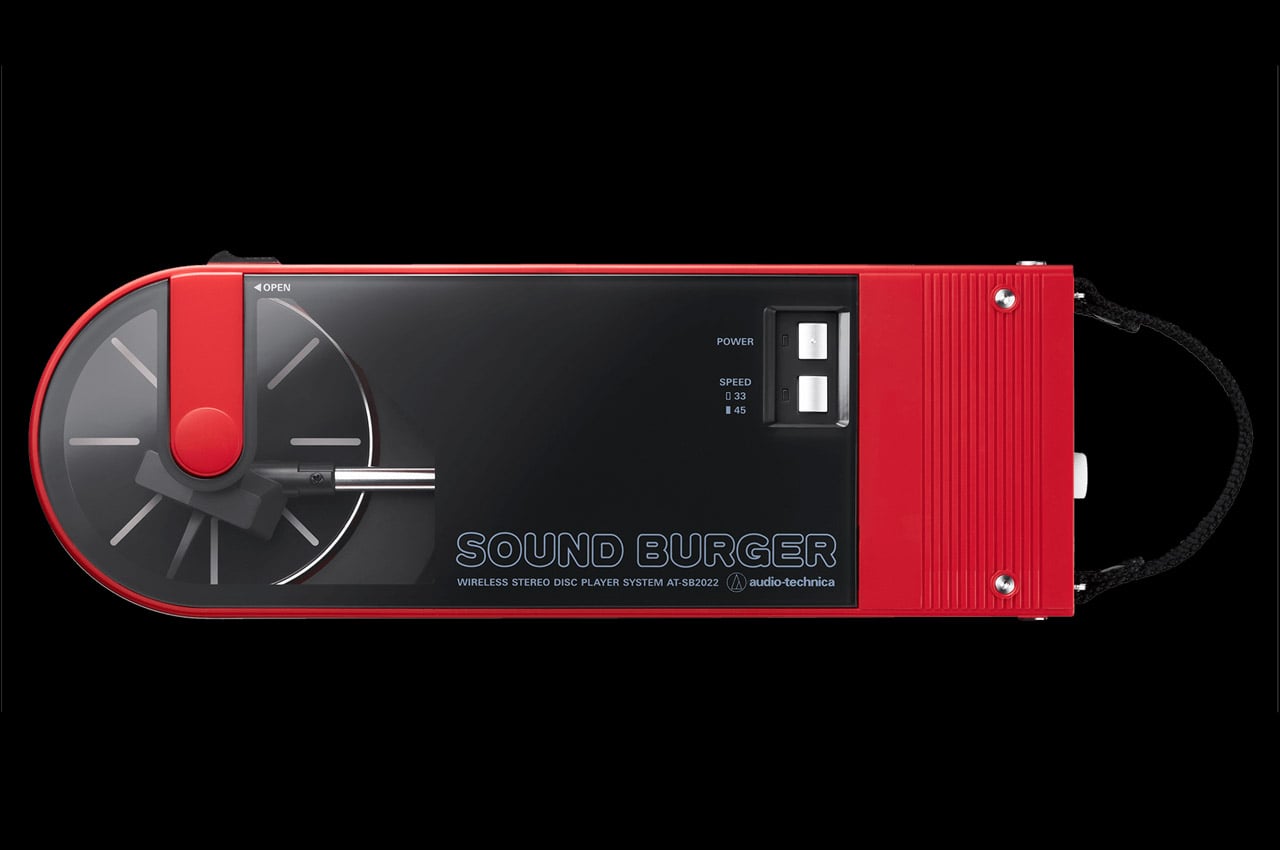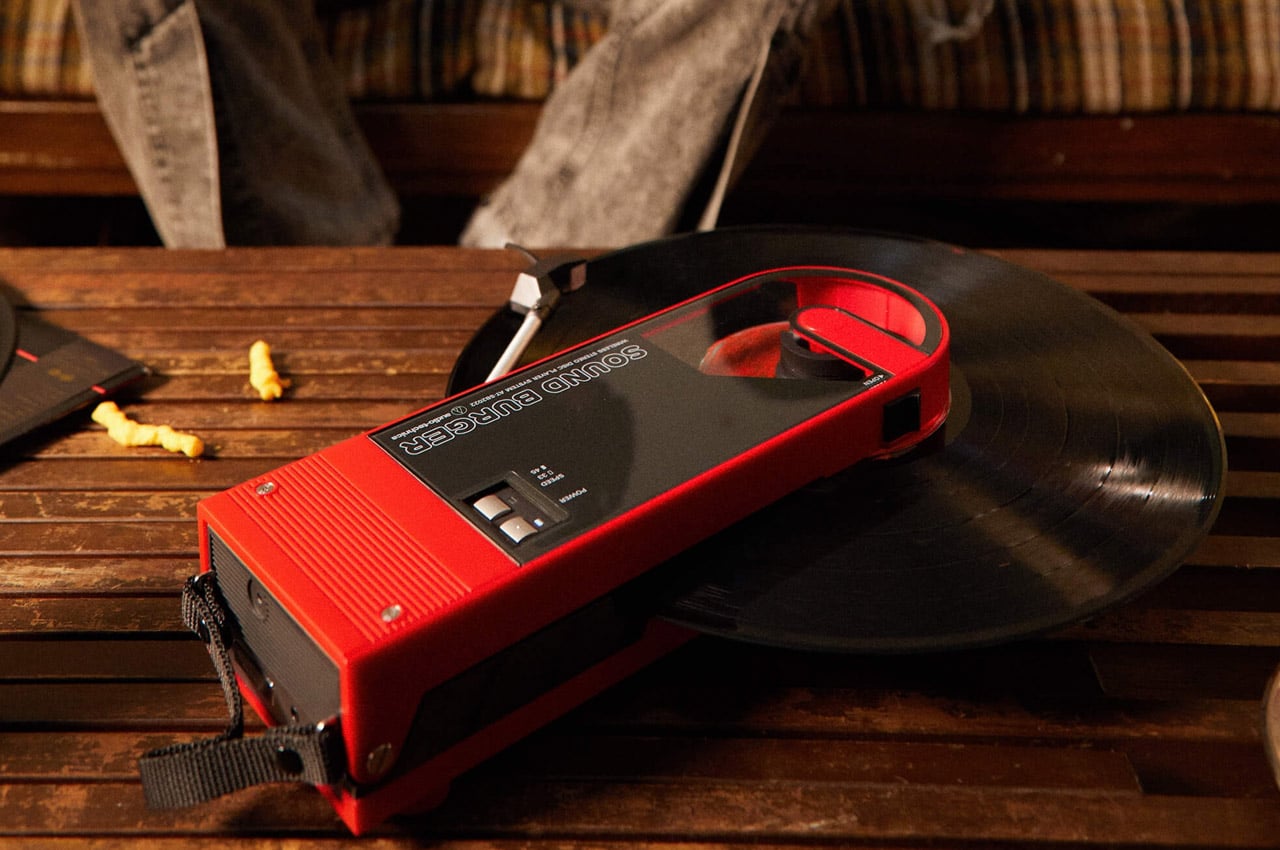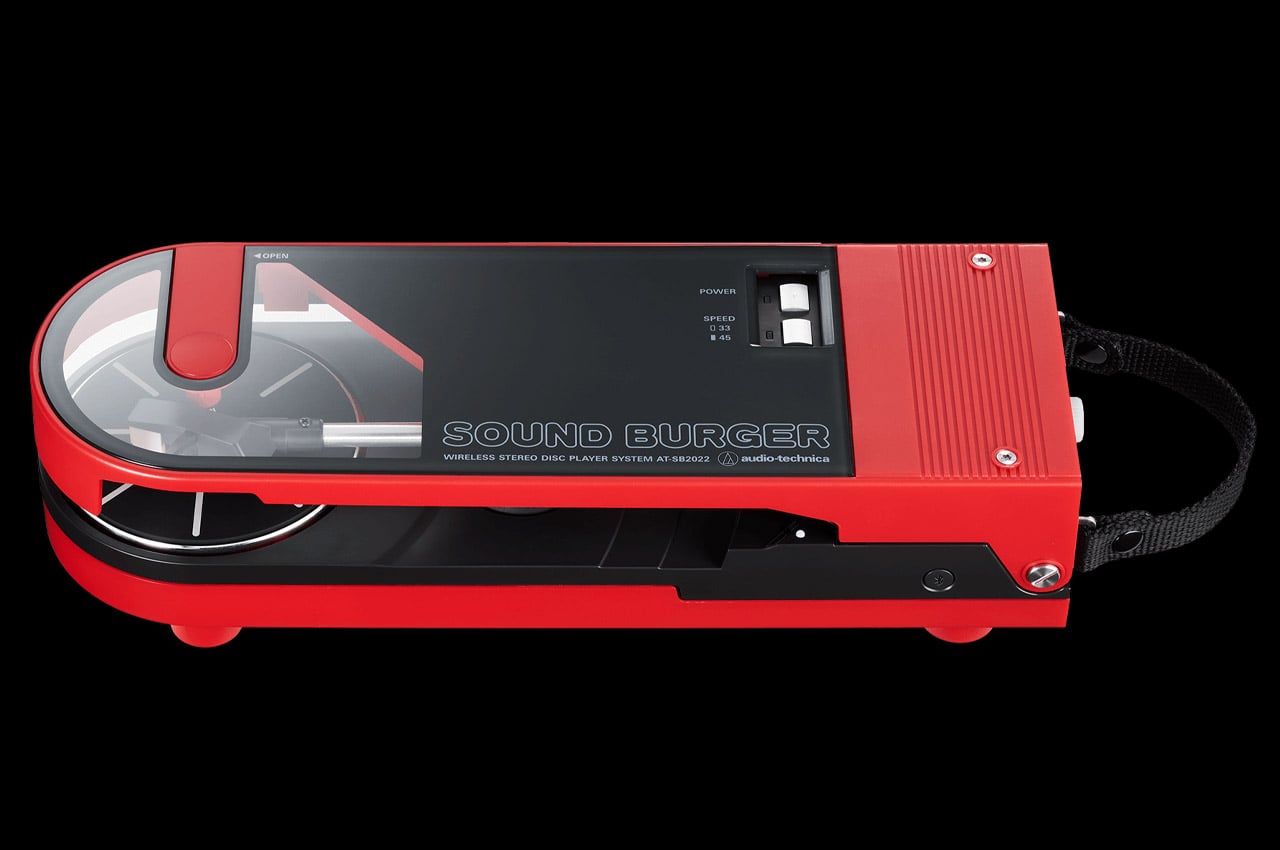Over-ear, noise cancelling headphones offer the best mix of sound quality, noise reduction, comfort and extra features that you can get today. But there are dozens to choose from now as the space has gotten more saturated over the past few years. That’s a good thing in part because it’s brought more affordable options with compelling feature sets, but nevertheless, deciding how to spend your money has gotten a bit harder. Engadget reviews dozens of wireless headphones every year and we test out even more to keep our finger on the pulse. In this guide, we’ve highlighted our top picks for the best wireless headphones based on the best mix of features, including overall audio quality, ANC performance, Bluetooth connections, advanced audio tools and more. Our six favorites, which have remained the same since the start of 2024, offer all of the conveniences we’d expect in a set of high-quality wireless headphones, with a range of prices to help you stay within your budget.
How to choose the best wireless headphones for you
When it comes to shopping for a good pair of wireless headphones, the first thing you’ll need to decide on is wear style. Do you prefer on-ear or over-ear headphones? For the purposes of our buyer’s guide, we focus on the over-ear style as that’s what most noise-canceling headphones are nowadays. Sure, you can find on-ear models with ANC, but over-ear designs are much more effective at blocking sound. Speaking of noise cancellation, you’ll want to determine early on if you even want that. If you frequently crank up the beats in noisy environments, you’ll want to not only make sure it’s there, but also make sure it’s good. If you plan to use your new headphones in quieter spaces, skipping ANC can save you some money.
The next area to consider is features. We recommend trying to get the most bang for your buck, but as you’re shopping around you should determine which items are must-haves and what you can live without. And don’t take basic things like automatic pausing and Bluetooth multipoint connectivity for granted, as not all companies include them. We also suggest reading reviews to see how well a company’s more advanced features work. This will help you decide if those are something you’re willing to (likely) pay extra for. Pay close attention to battery life estimates and don’t be easily swayed by lofty promises about call quality.
Sound can be subjective, so we recommend trying before you buy if at all possible. We understand this isn’t easy at a time when we’re doing most of our shopping online. But trying on a set of headphones and listening to them for a few minutes can save you from an expensive case of buyer’s remorse. We also recommend paying attention to things like Spatial Audio, Dolby Atmos, 360 Reality Audio and other immersive formats. Not all headphones support them, so you’ll want to make sure a perspective pair does if that sort of thing excites you.
How we test wireless headphones
The primary way we test wireless headphones is to wear them as much as possible. We prefer to do this over a one- to two-week period, but sometimes embargoes don’t allow it. During this time, we listen to a mix of music and podcasts, while also using the earbuds to take both voice and video calls. Since battery life for headphones can be 30 hours or more, we drain the battery with looping music and the volume set at a comfortable level (usually around 75 percent). Due to the longer battery estimates, we’ll typically power the headphones off several times and leave them during a review. This simulates real-world use and keeps us from having to constantly monitor the process for over 24 straight hours.
To judge the best Bluetooth headphones, we consider audio quality by listening to a range of genres, noting any differences in the sound profile across the styles. We also test at both low and high volumes to check for consistency in the tuning. To assess the quality of phone calls, we’ll record audio samples with the headphones’ microphones as well as have third parties call us.
When it comes to features, we do a thorough review of companion apps, testing each feature as we work through the software. Any holdovers from previous models are double checked for improvements or regression. If the headphones we’re testing are an updated version of a previous model, we’ll spend time getting reacquainted with the older set. Ditto for the closest competition for each new set of headphones that we review.
Other wireless headphones we tested
AirPods Max
Apple’s AirPods Max are premium, well-designed headphones that incorporate all of the best features you find on standard AirPods: solid noise cancelation, spatial audio and easy Siri access. However, their $550 starting price makes them almost prohibitively expensive, even for those with Apple devices. There are better options available at lower prices.
Sony WH-CH720N
While the WH-CH720N are a great affordable option, we prefer the Audio-Technica in the budget category. Sony’s cans are lightweight with good sound quality, but ANC struggles at times and they’re made with a lot of plastic.
Beats Studio Pro
The Studio Pro lacks basic features like automatic pausing and multipoint connectivity is only available on Android), plus they’re not very comfortable for people with larger heads. Overall sound quality is improved, though, and voice performance on calls is well above average.
Bose QuietComfort Ultra
Bose’s latest flagship model has a lot to offer, but its trademark Immersive Audio feature can be inconsistent across different types of music. There’s still world-class ANC, excellent comfort and a clearer transparency mode, but for the price, the non-Ultra model is a better choice right now.
Master & Dynamic MH40 (2nd gen)
The MH40 are a great set of headphones if you favor crisp, clear and natural sound that isn’t overly tuned. This pair showcases the company’s affinity for leather and metal too, but limited customization and short battery life for non-ANC cans kept this set from making the cut.
Bowers & Wilkins Px8
The company’s trademark pristine sound is on display here, but the Px8 are more expensive and not nearly as comfortable as the Px7 S2.
FAQs
How can you tell the quality of headphones?
I typically look at three factors: design, sound quality and features. In terms of design, I’m usually looking to see if the build quality of the headphones feels cheap and plasticky. Plenty of companies use plastic, but they can do so in a way that doesn’t look or feel like budget models. For sound quality, I want to hear a nice, even tuning where highs, mids and lows are all well represented. No overly boomy bass or scooped out mids. I also want good clarity where you can pick up fine details and an open, immersive soundstage. Features is typically a distant third, but if a company doesn’t cover basic functionality (automatic pausing, transparency mode, multipoint Bluetooth, etc.) it can be an indication of overall quality.
How do I choose the best quality headphones?
“Best” can be pretty subjective, but I always recommend going to a place where you can listen to the headphones you’re thinking about buying before you commit. Sometimes this isn’t possible, so you’ll want to check return policies. I also recommend doing some research to determine what your priorities are in a new set. Are you an audiophile who wants the best sound quality? Is powerful active noise cancellation (ANC) the most important? Would you rather have conveniences like automatic pausing?
Which brand has the best headphones?
Sony consistently tops our list with its 1000X line. This is mostly due to the combination of sound quality, ANC performance and the truckload of features these headphones pack in. I’ll be the first to tell you that there are better sounding options and other companies, like Bose, offer more effective noise cancellation. But when you add everything up, no one comes close to the full slate of tools Sony puts in its premium headphone line.
Do expensive headphones sound better?
Exorbitant price tags don’t mean better audio quality. Bowers & Wilkins’ headphones are on the high end for wireless noise-canceling models and they sound amazing. However, Audio-Technica’s M50xBT2 is much more affordable and doesn’t have ANC, but these headphones have a warm, natural sound profile that I find very inviting. At the end of the day, it will come down to personal preference, but you don’t need to spend a lot to find great headphones.
This article originally appeared on Engadget at https://www.engadget.com/best-headphones-wireless-bluetooth-120543205.html?src=rss